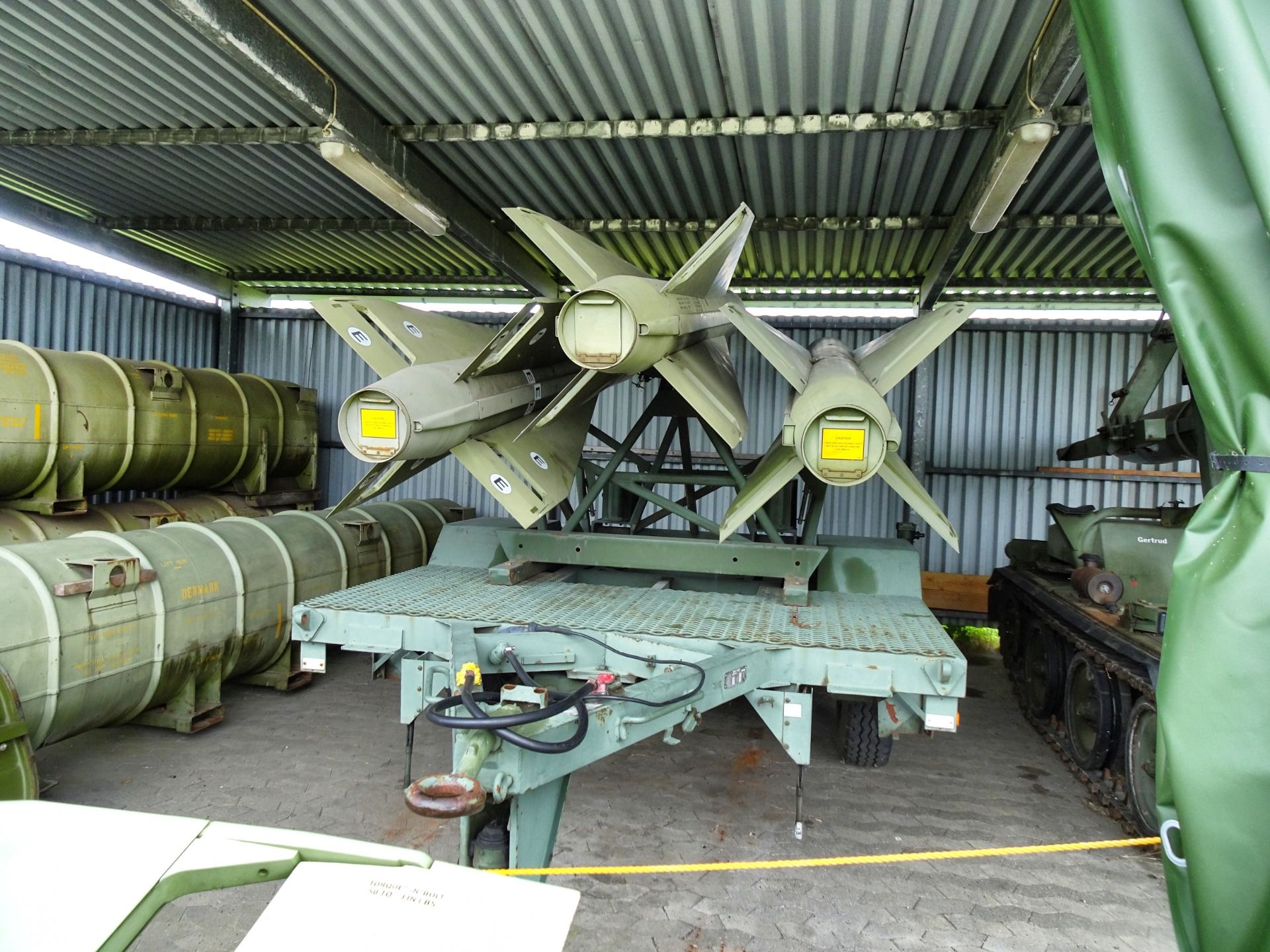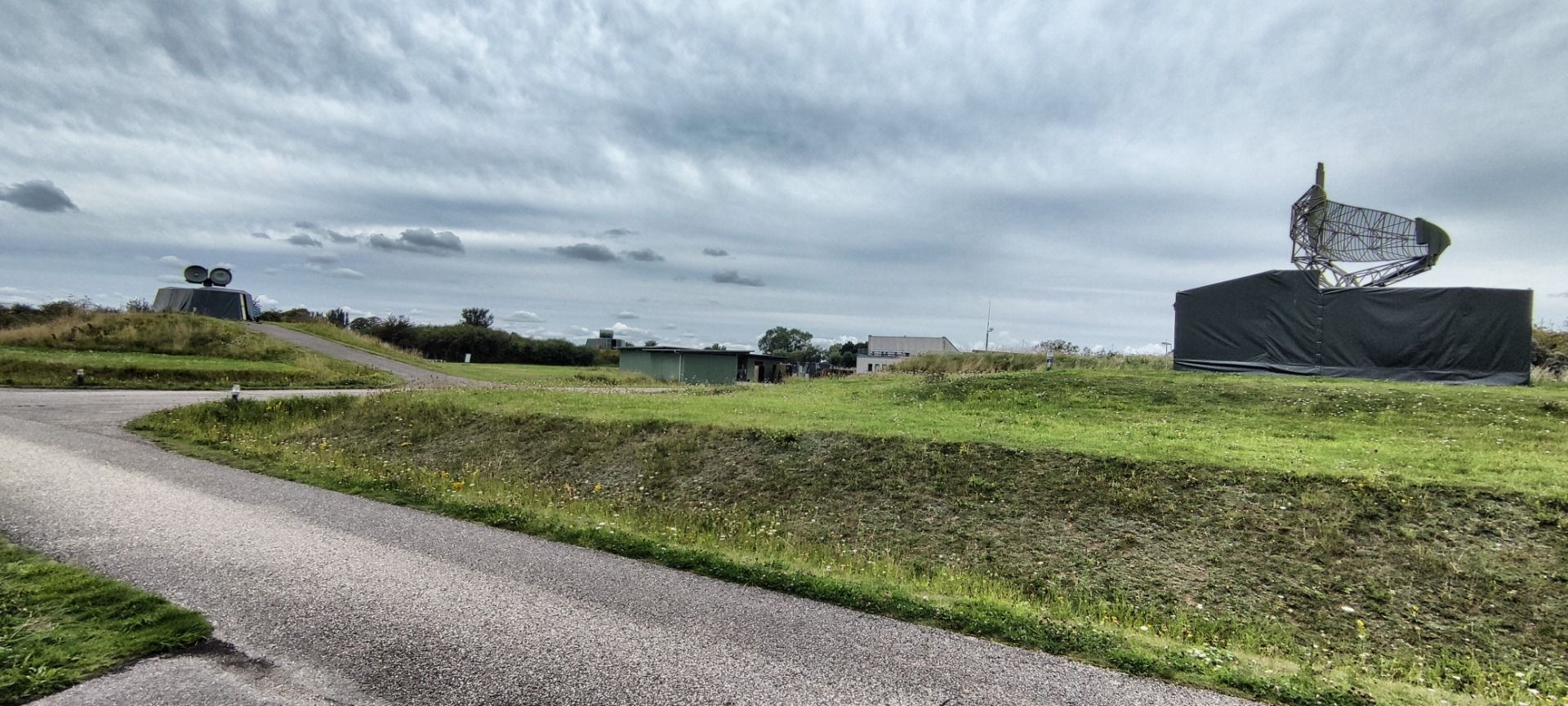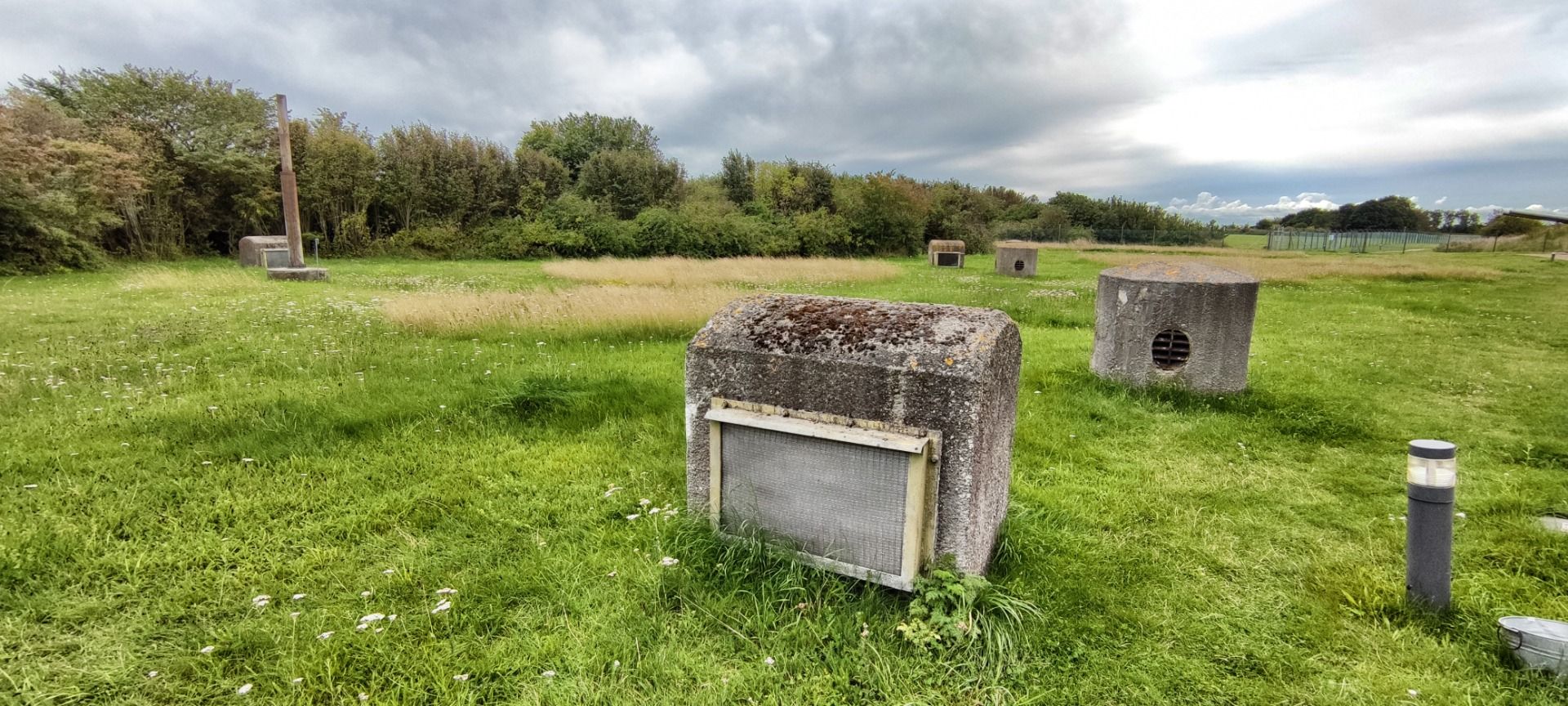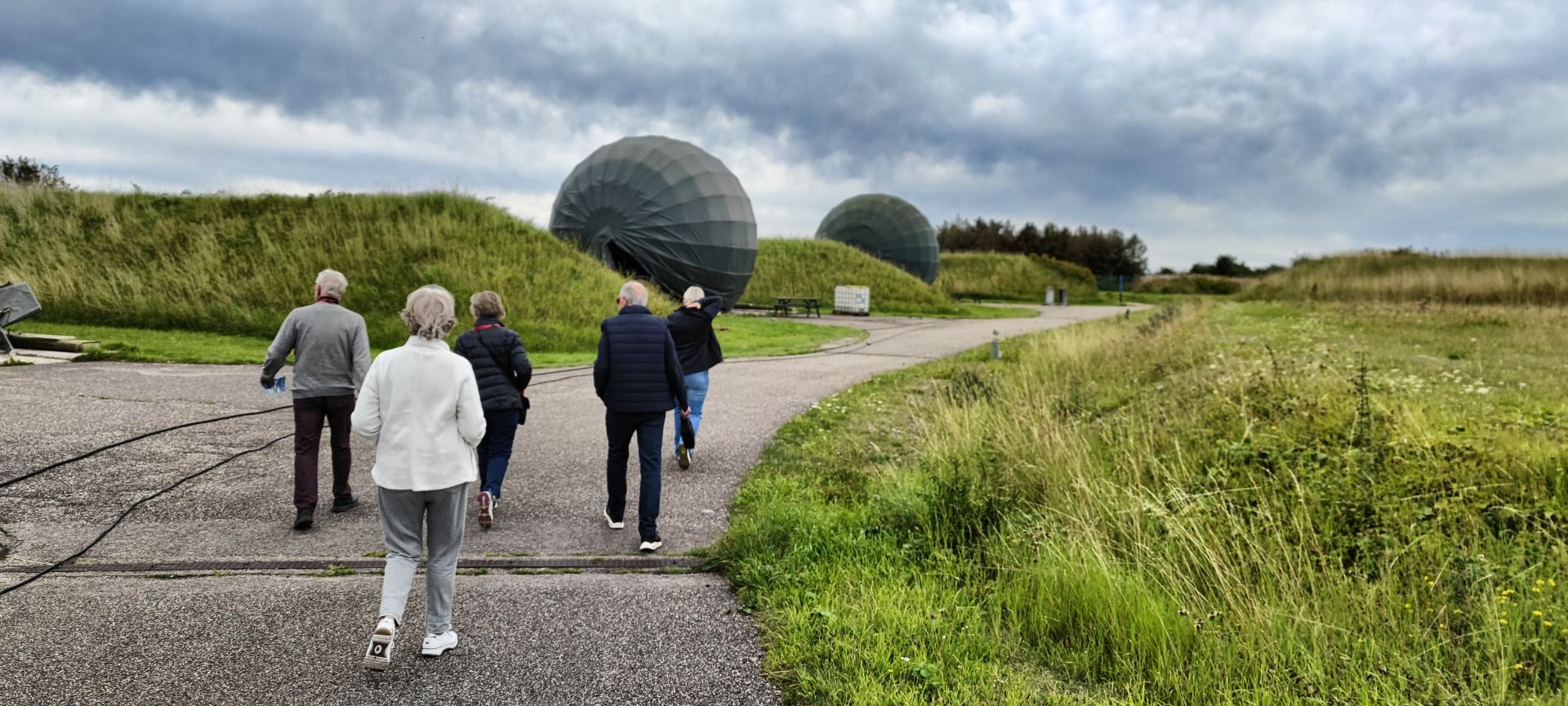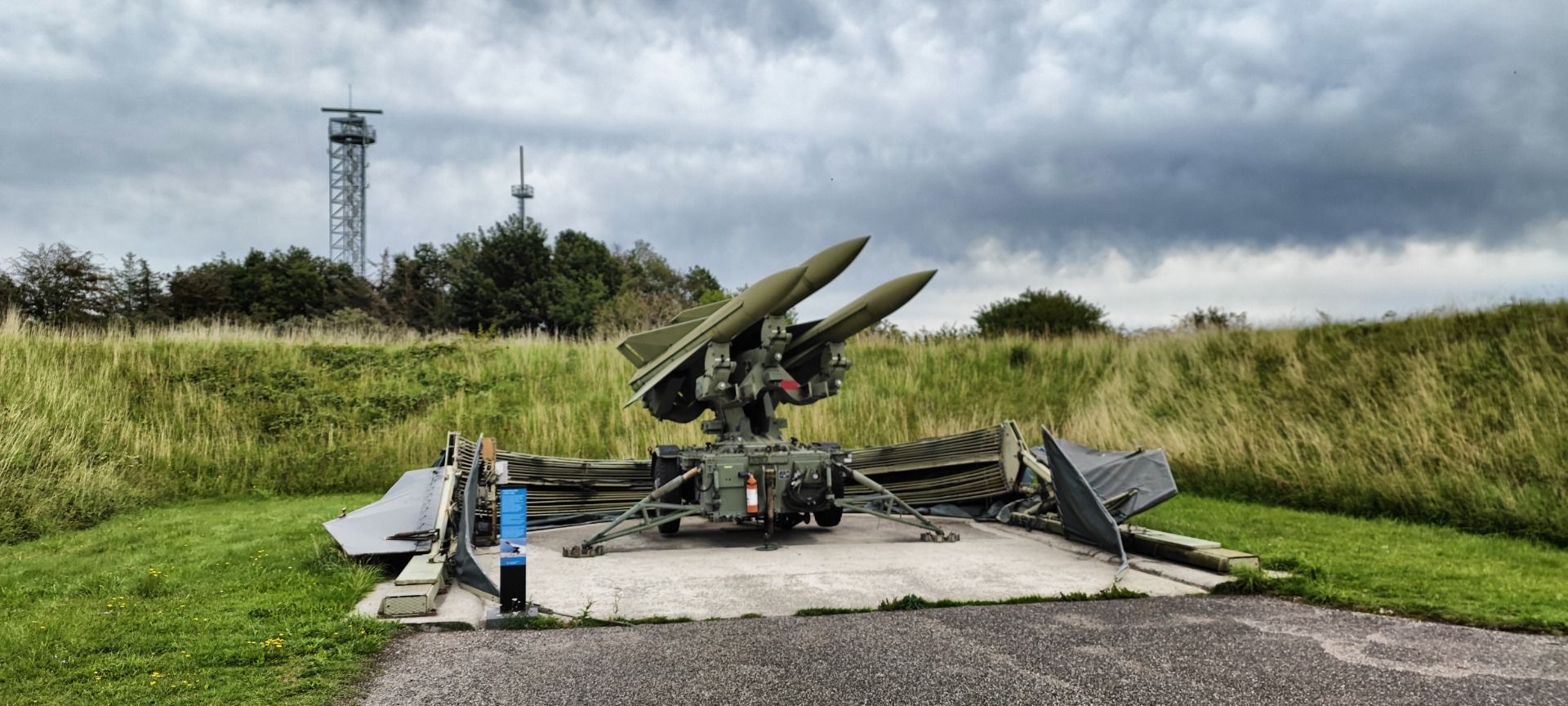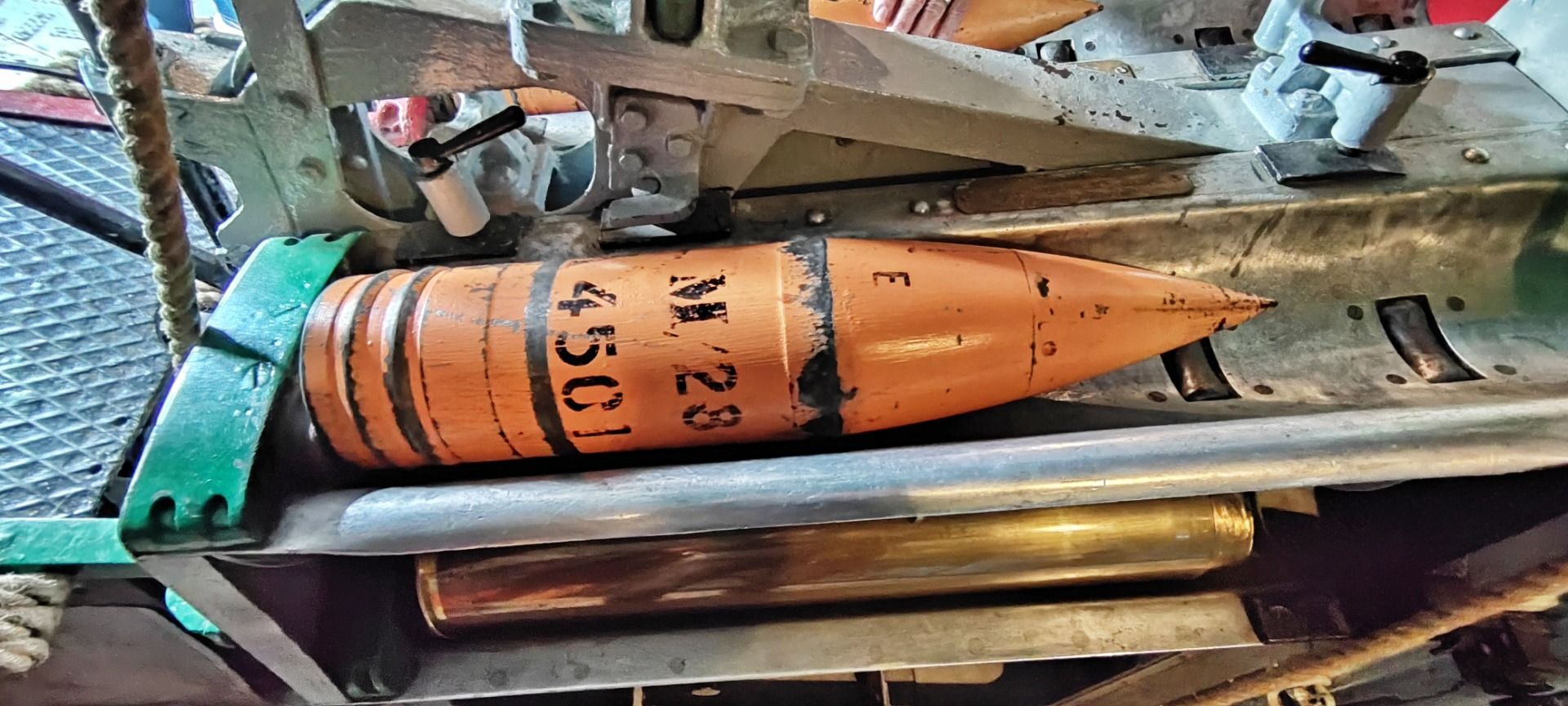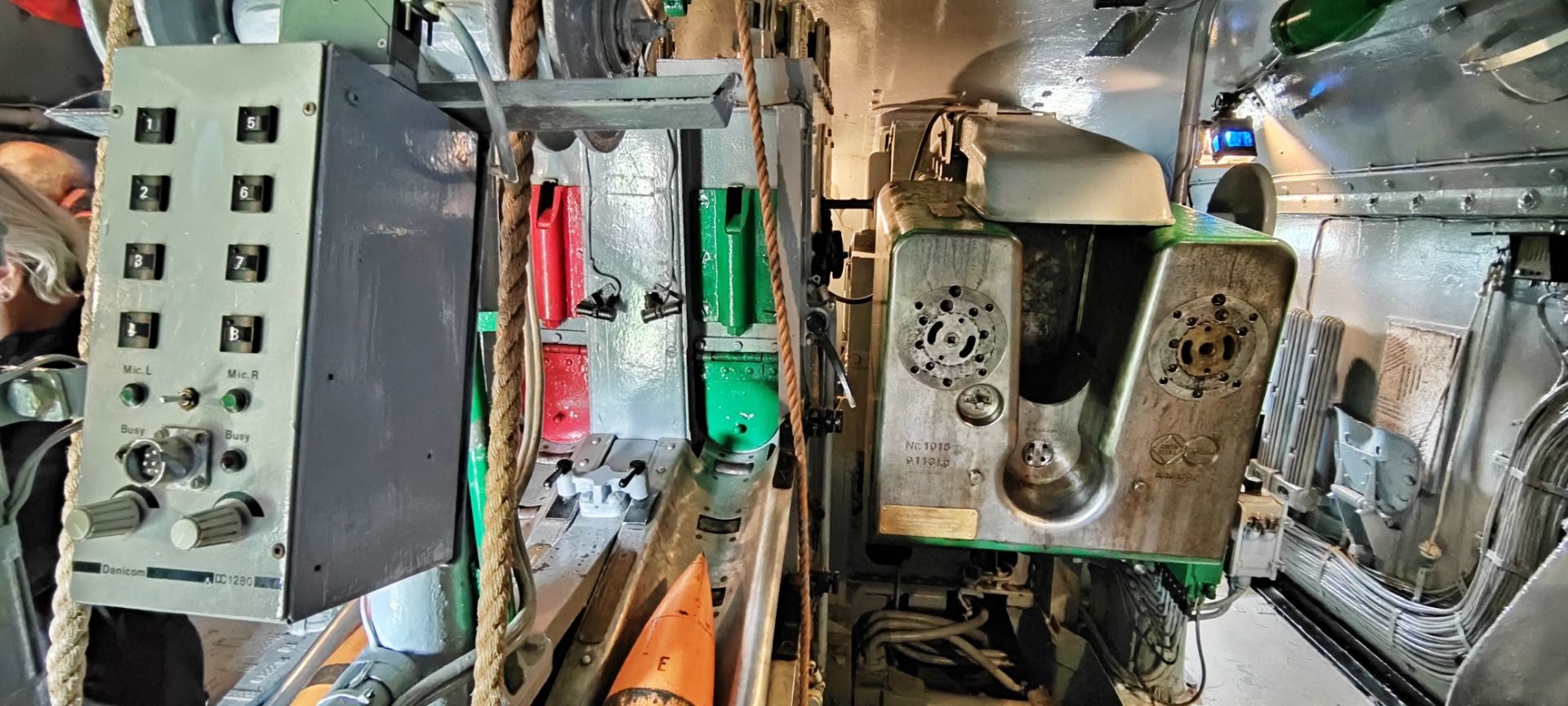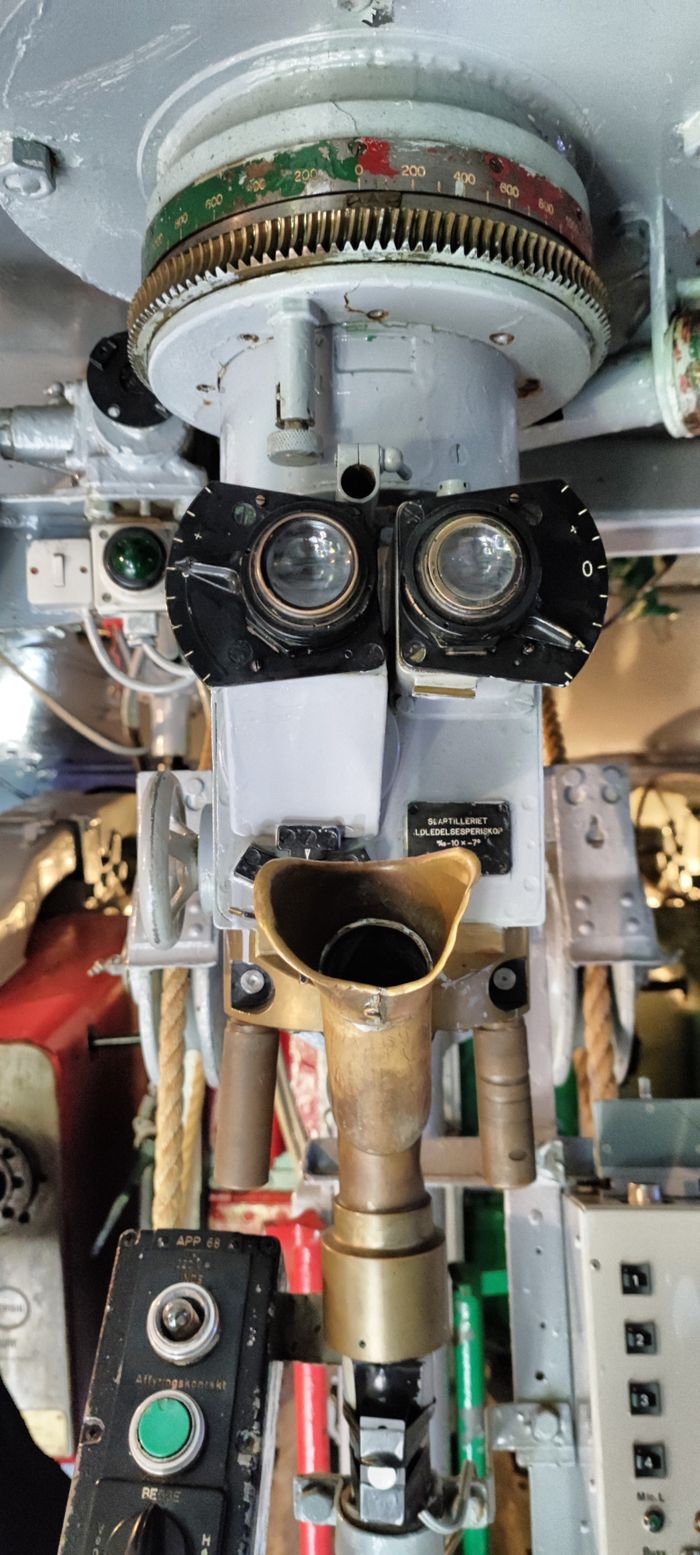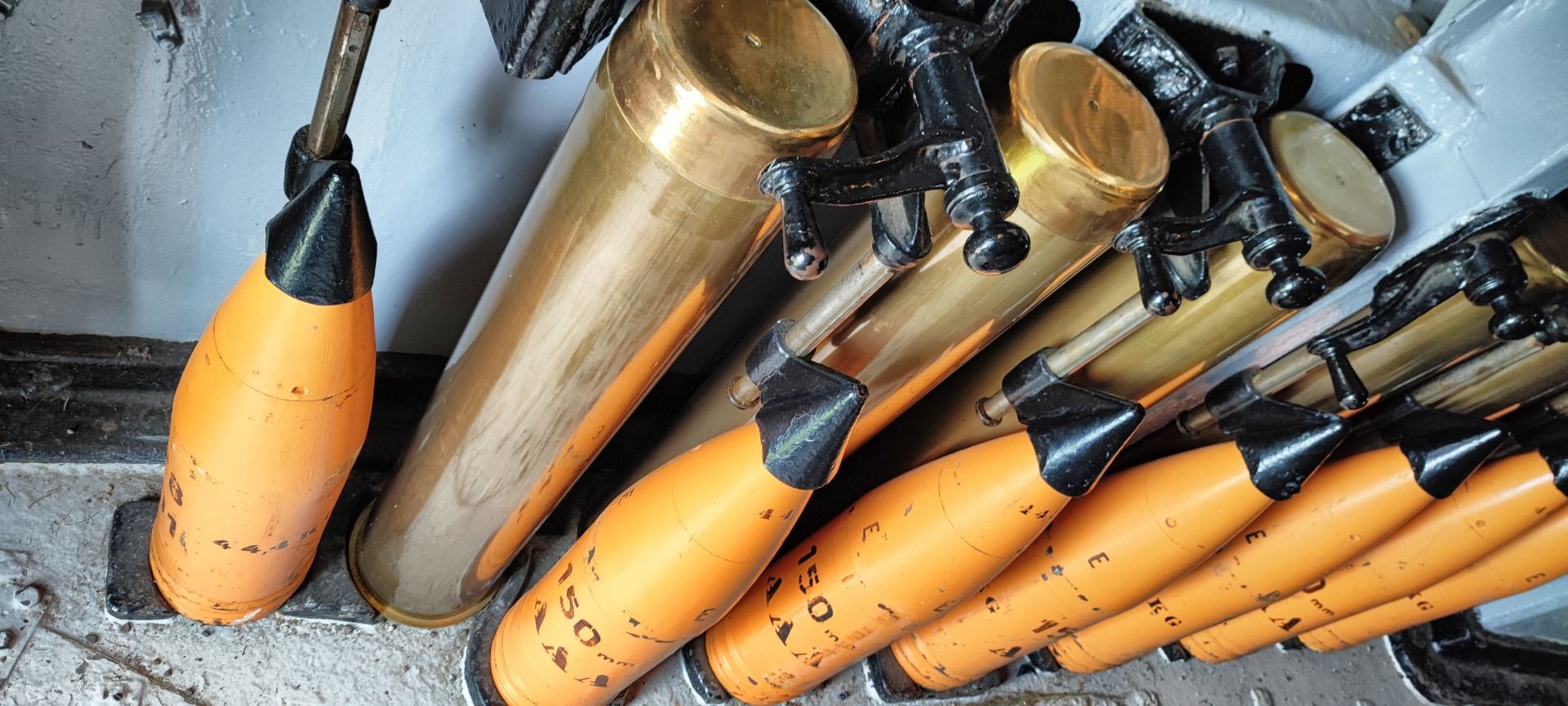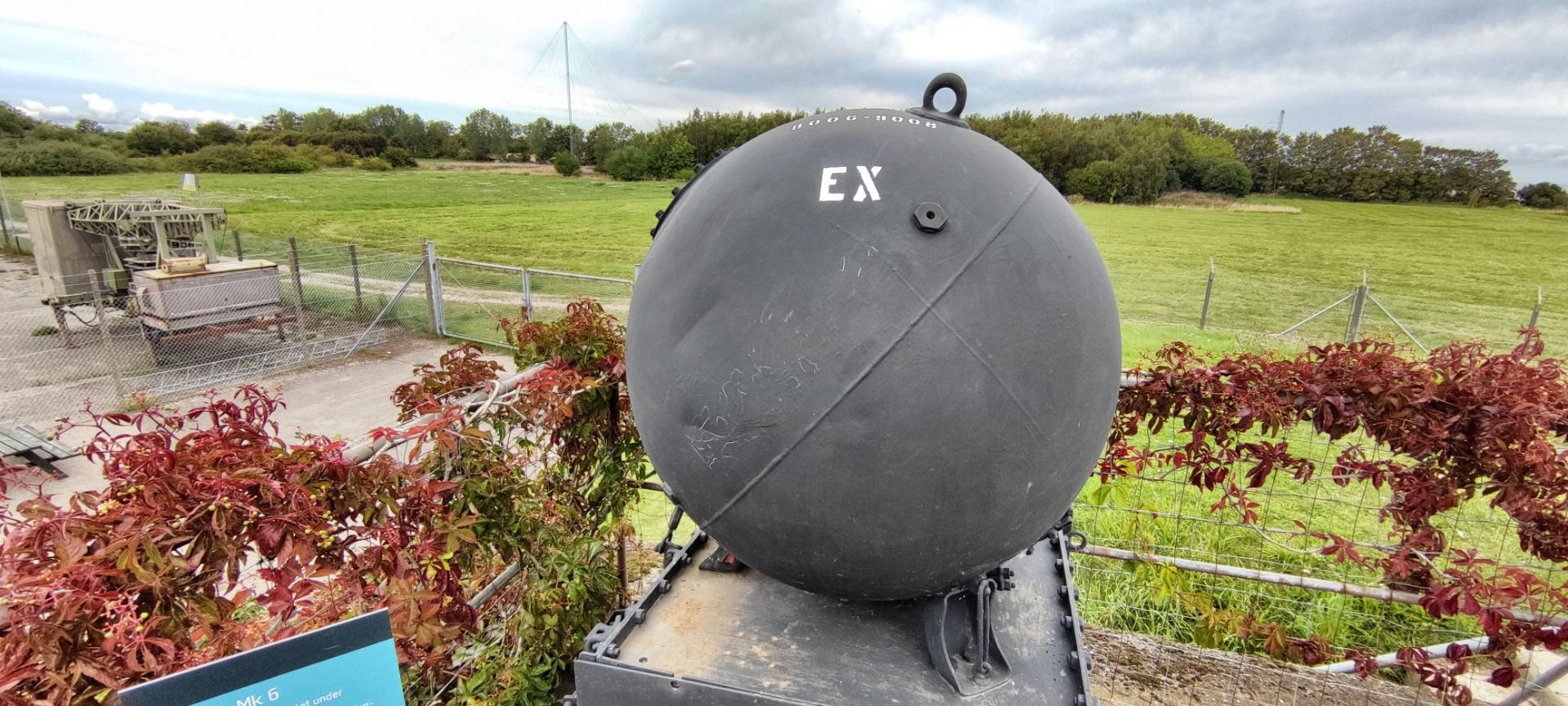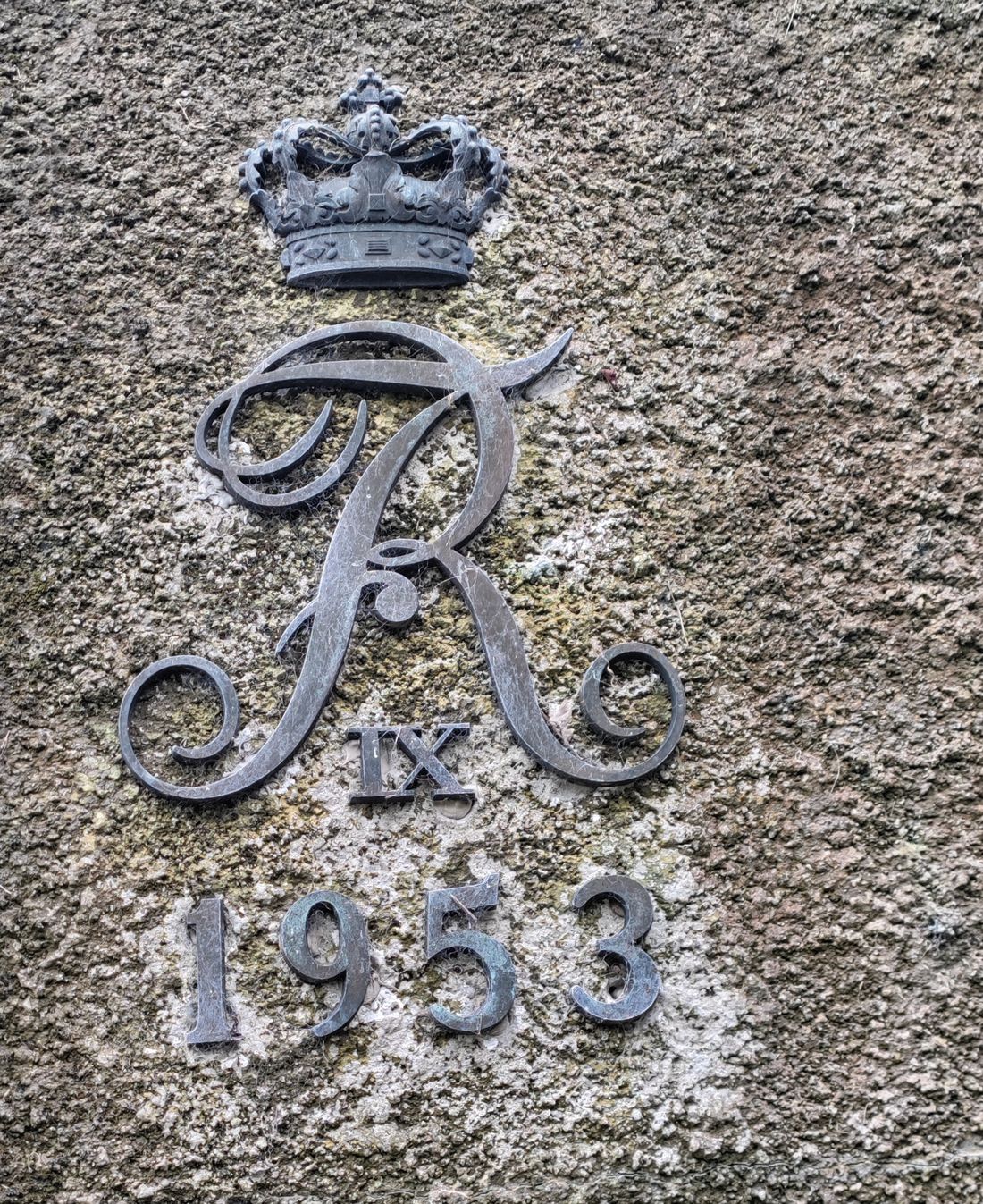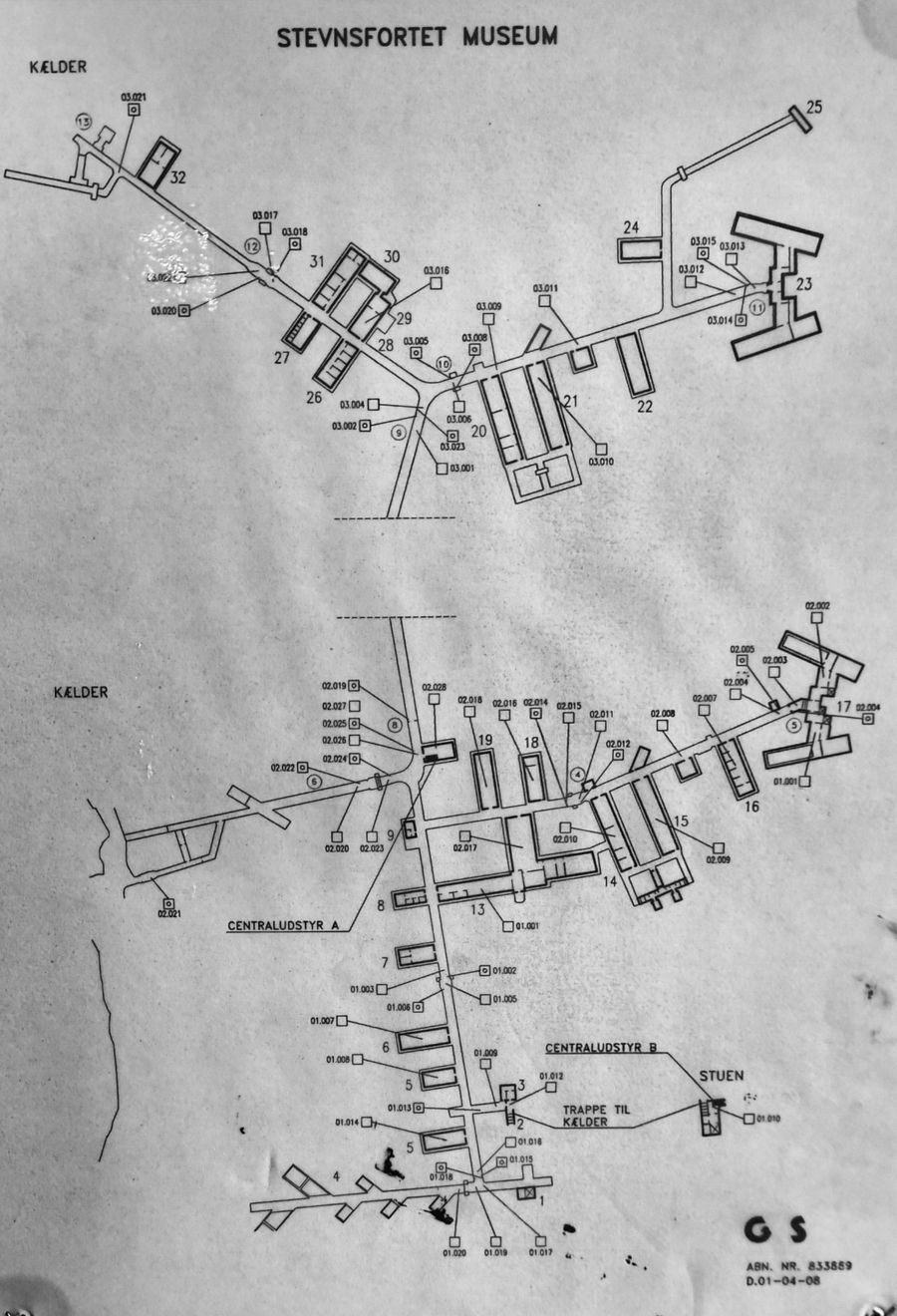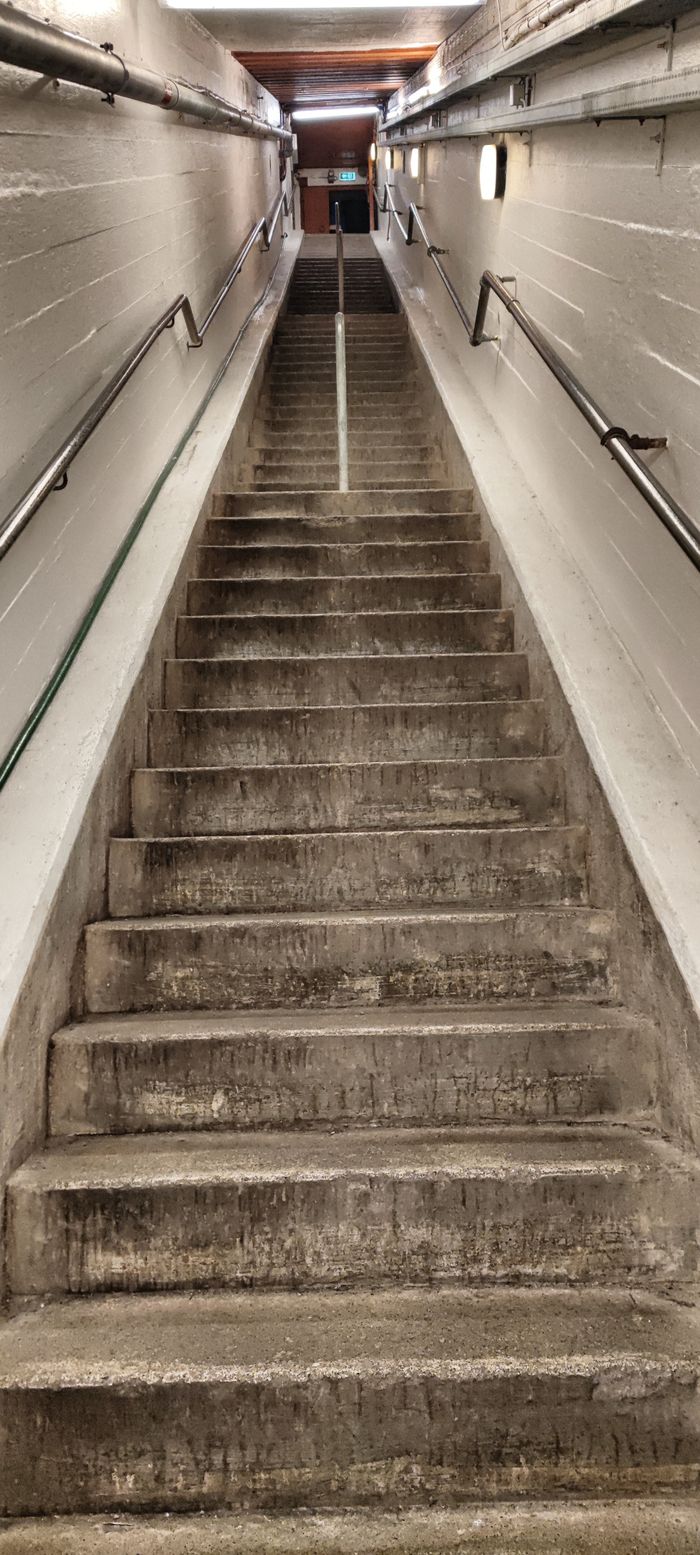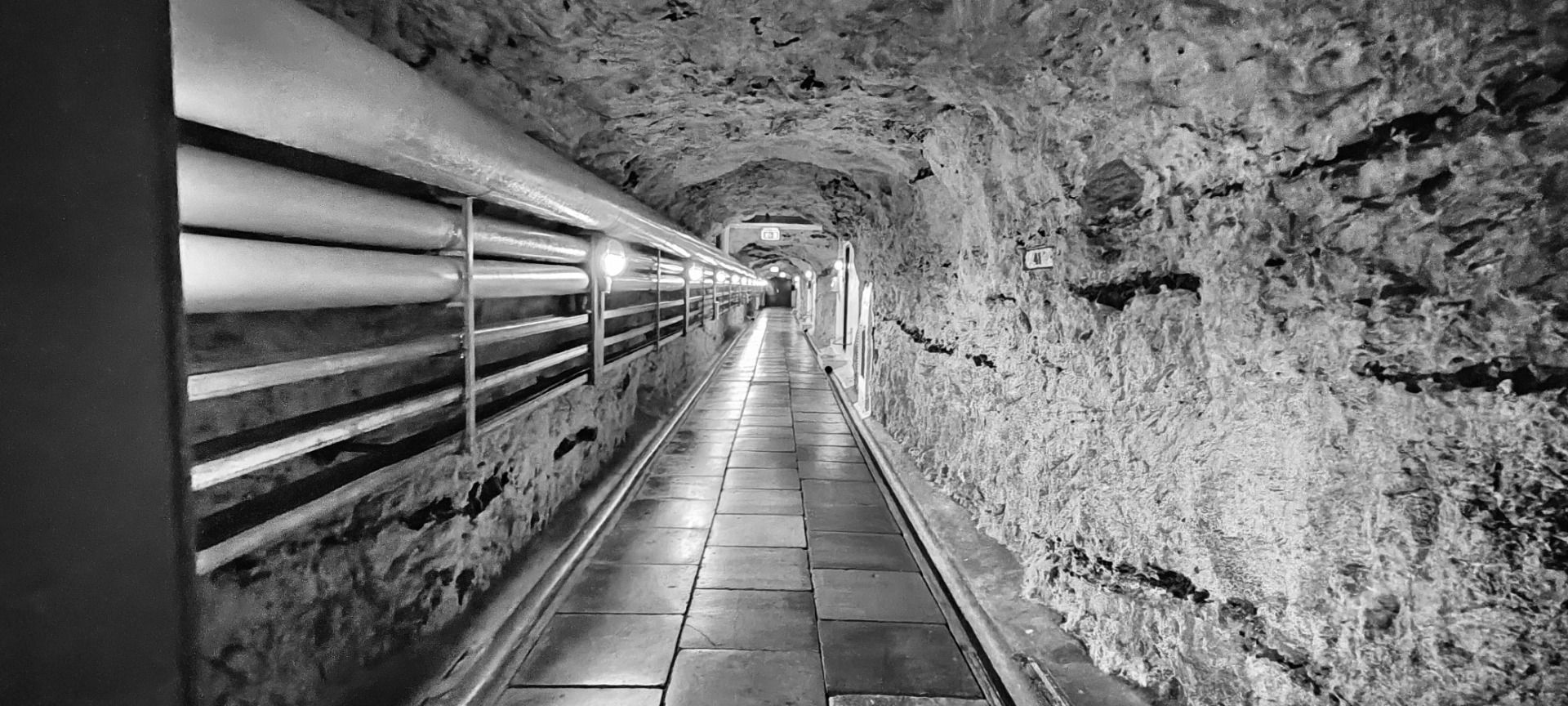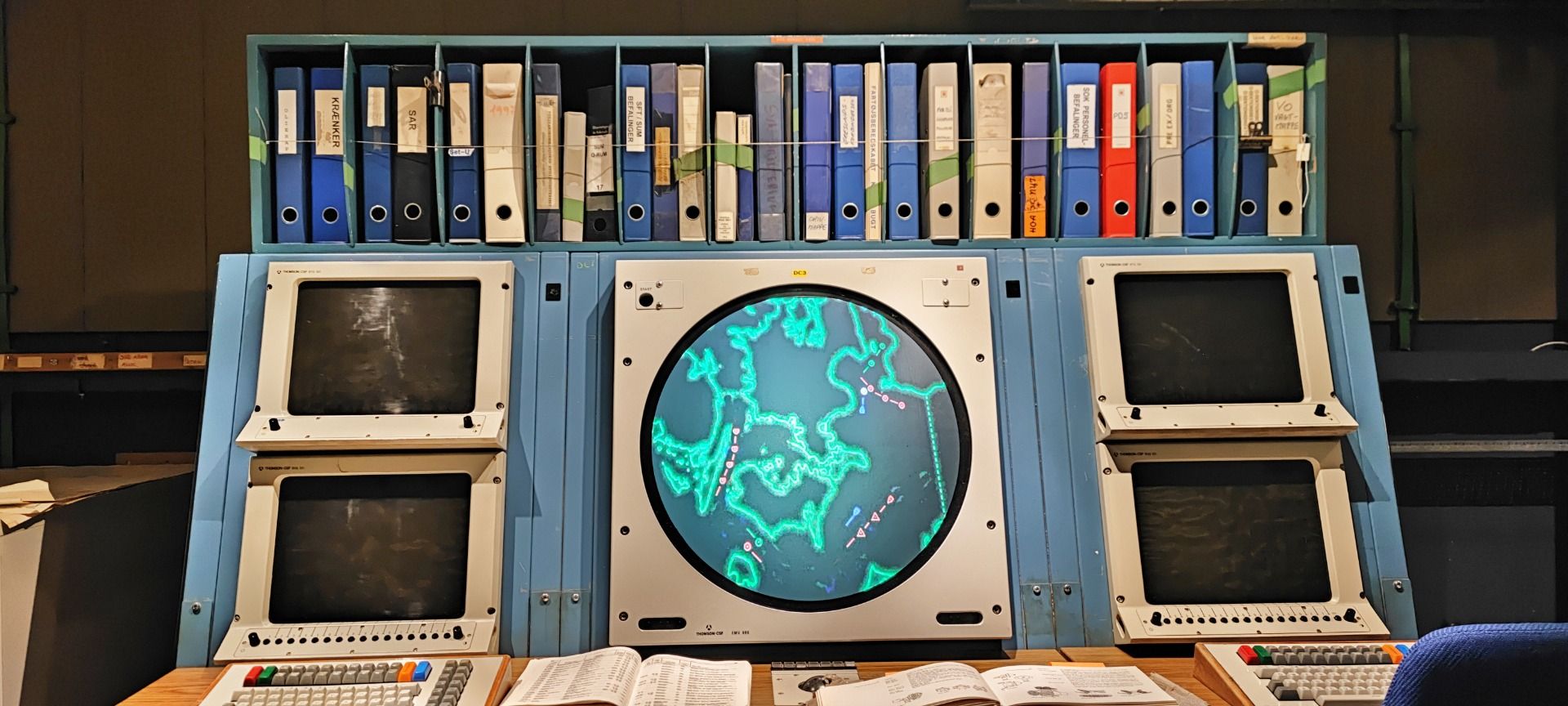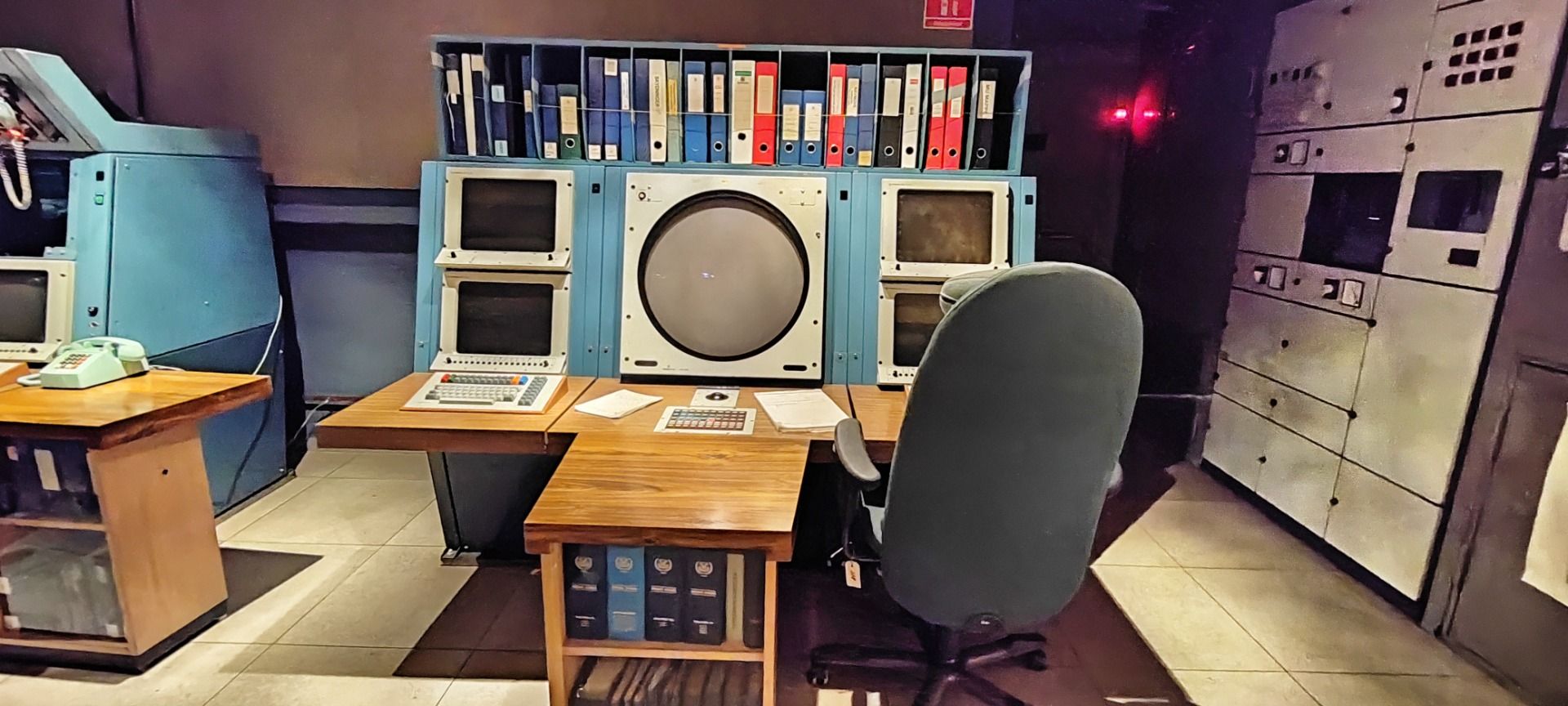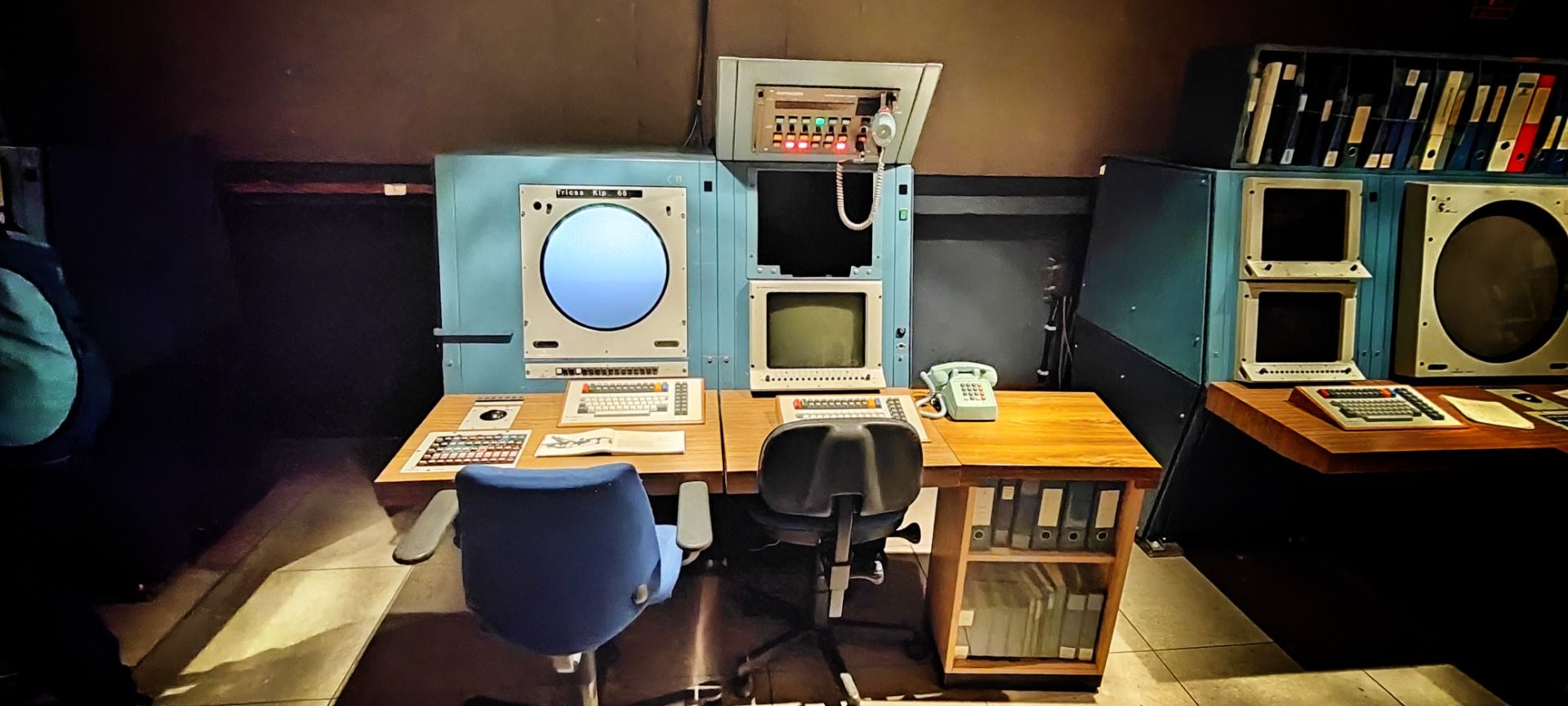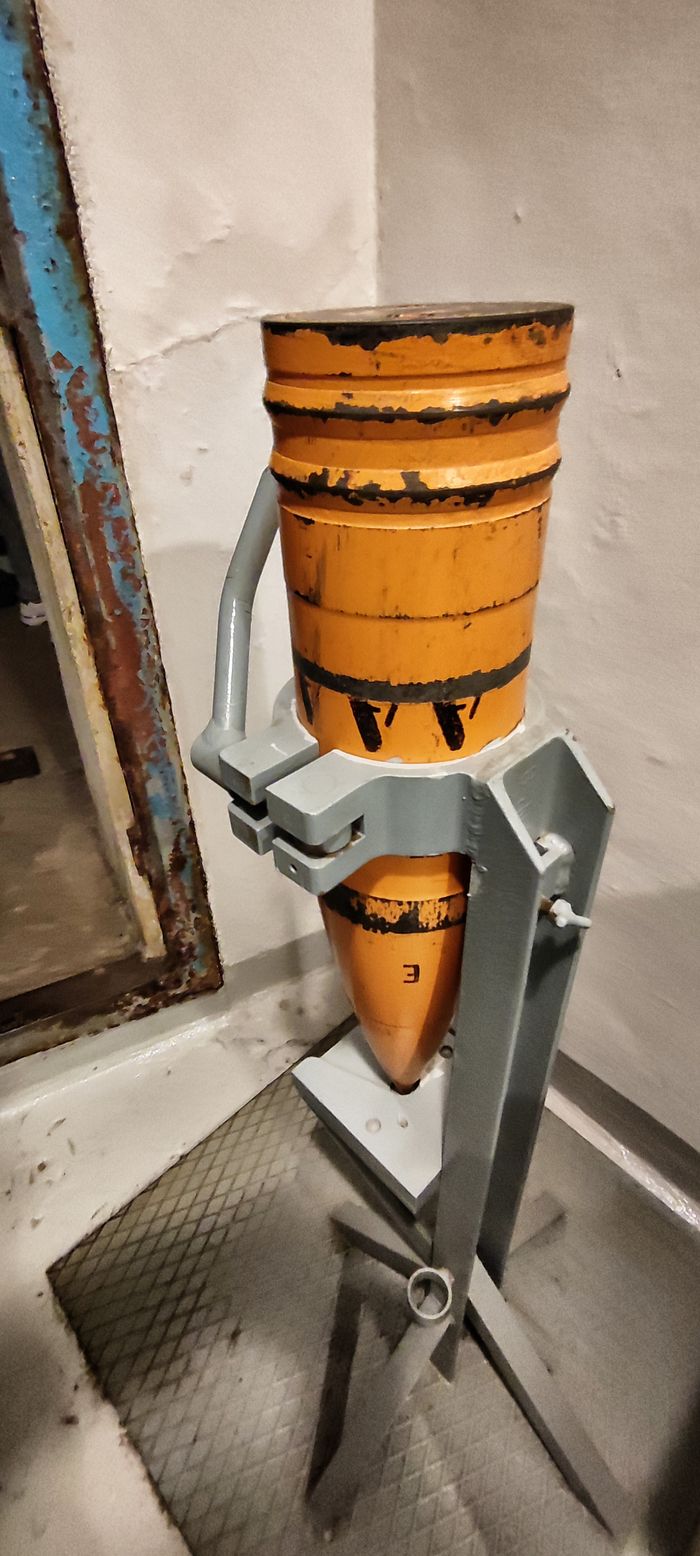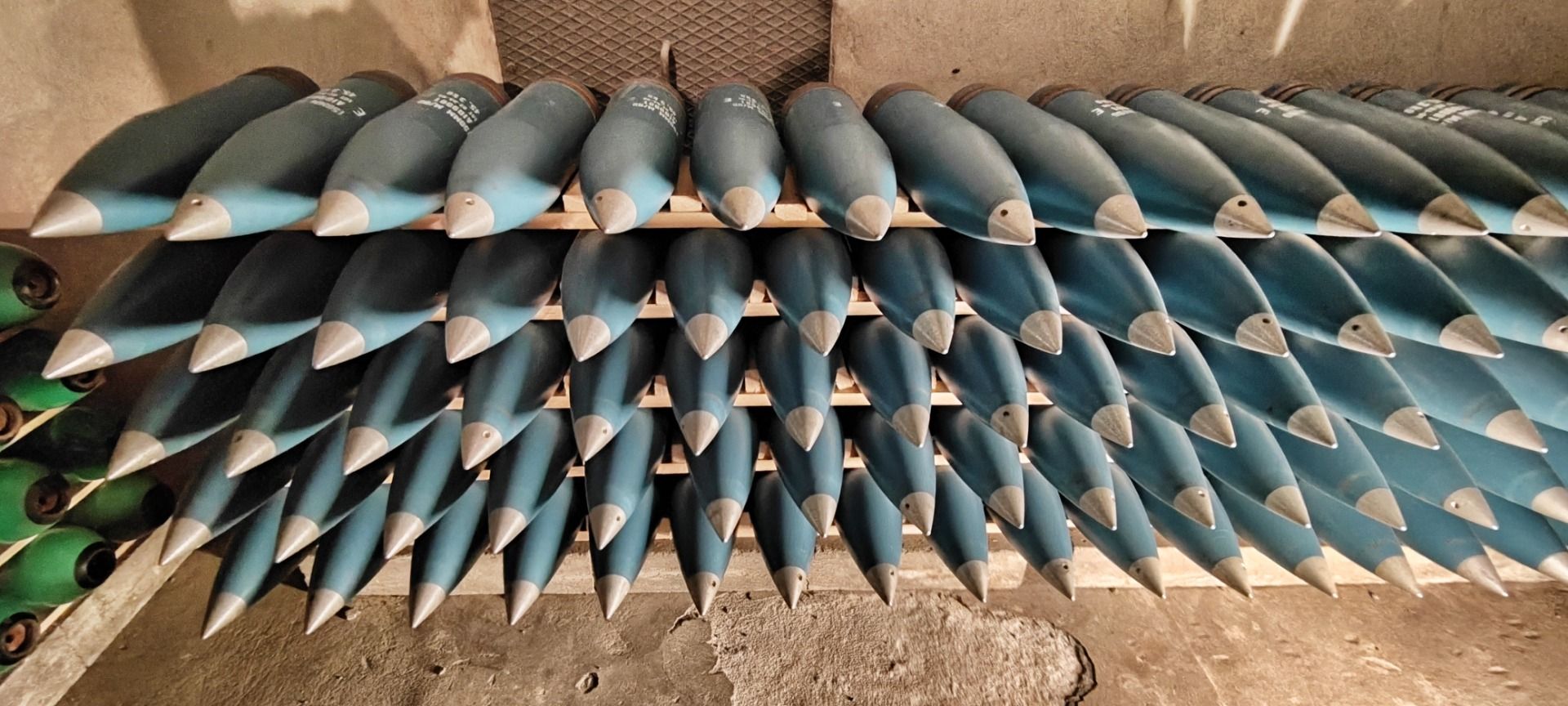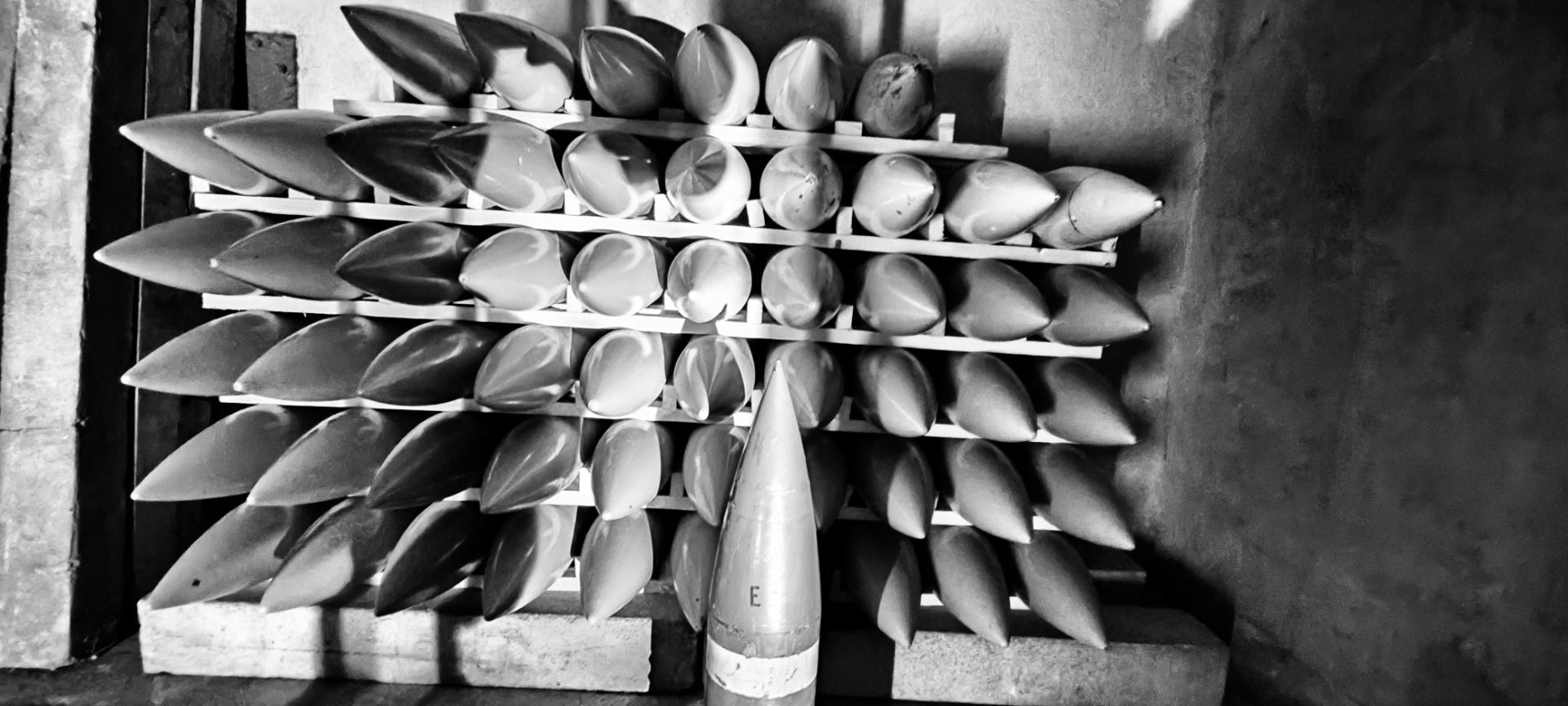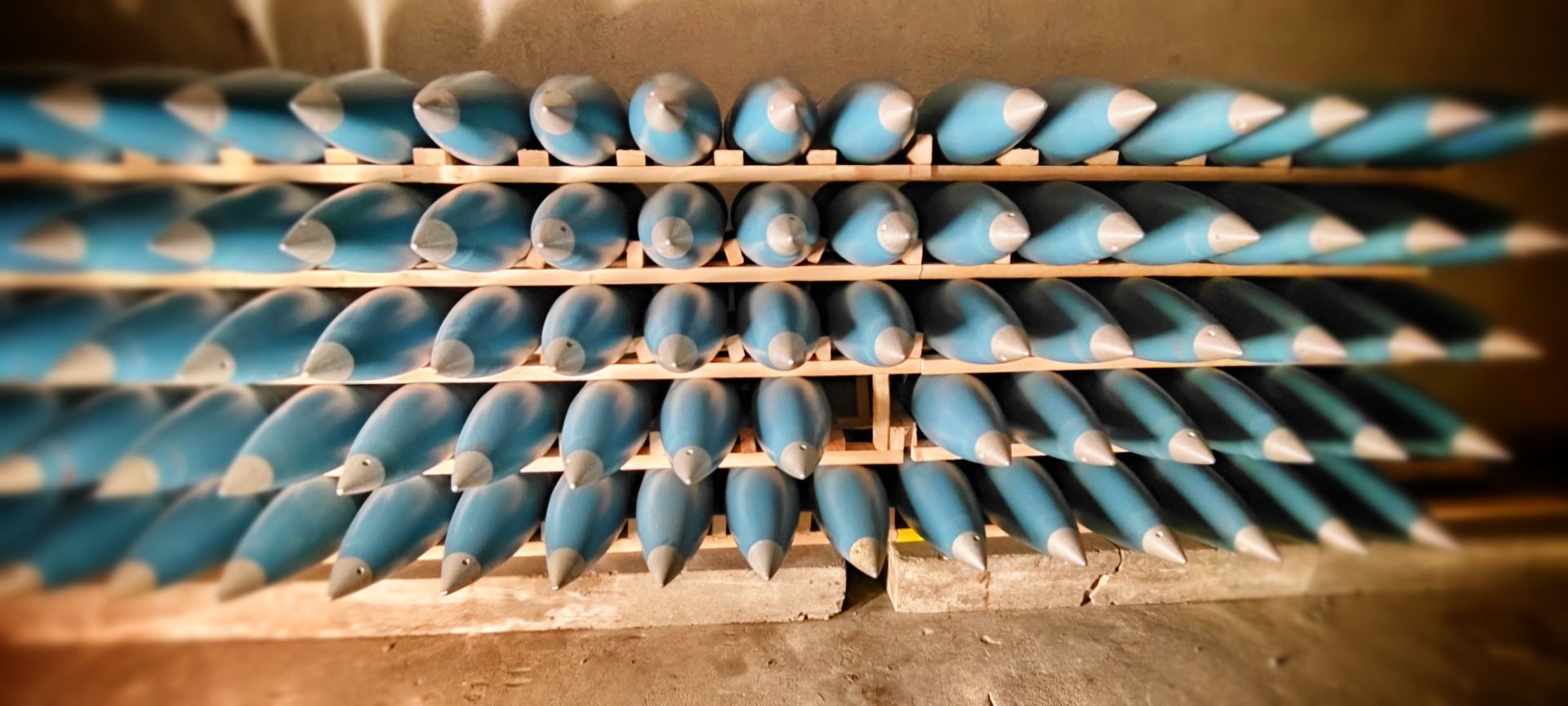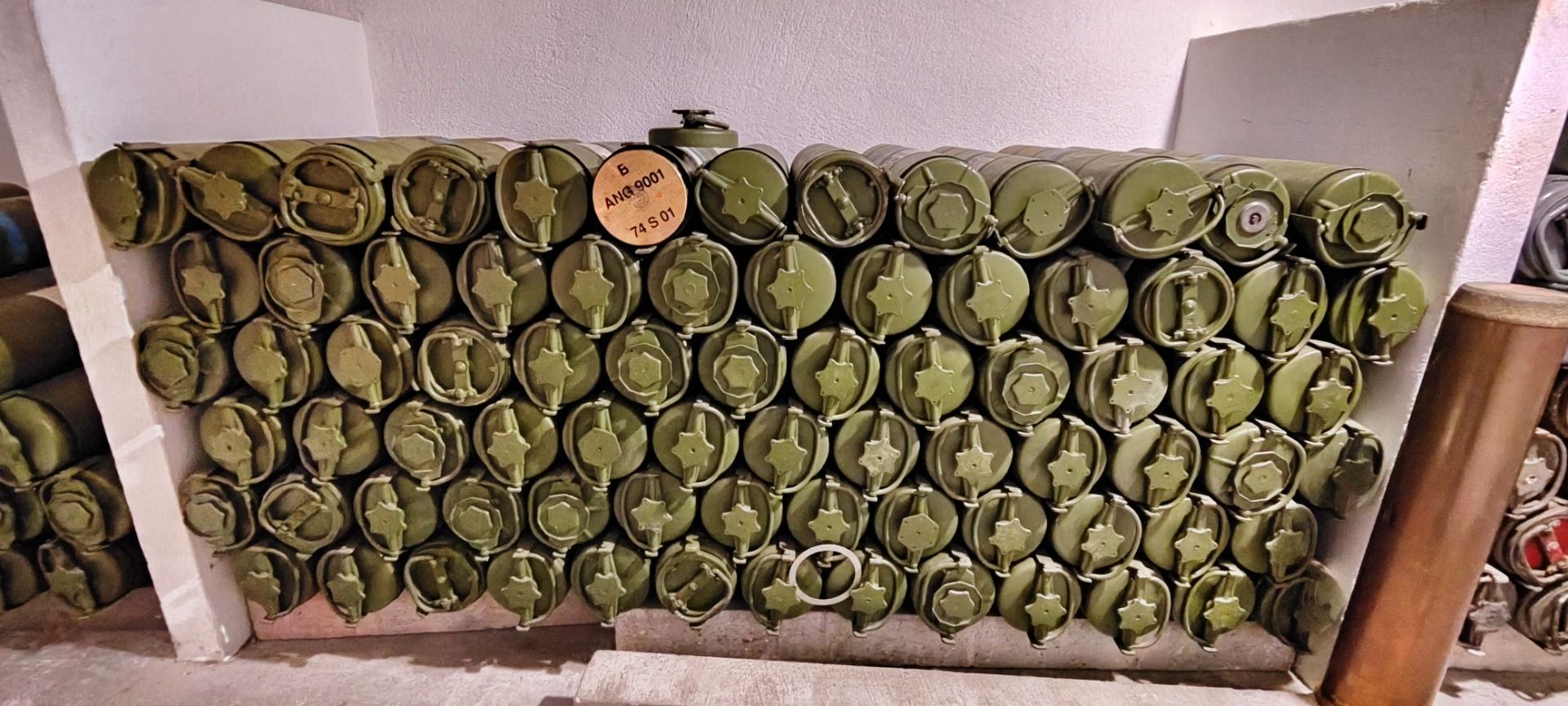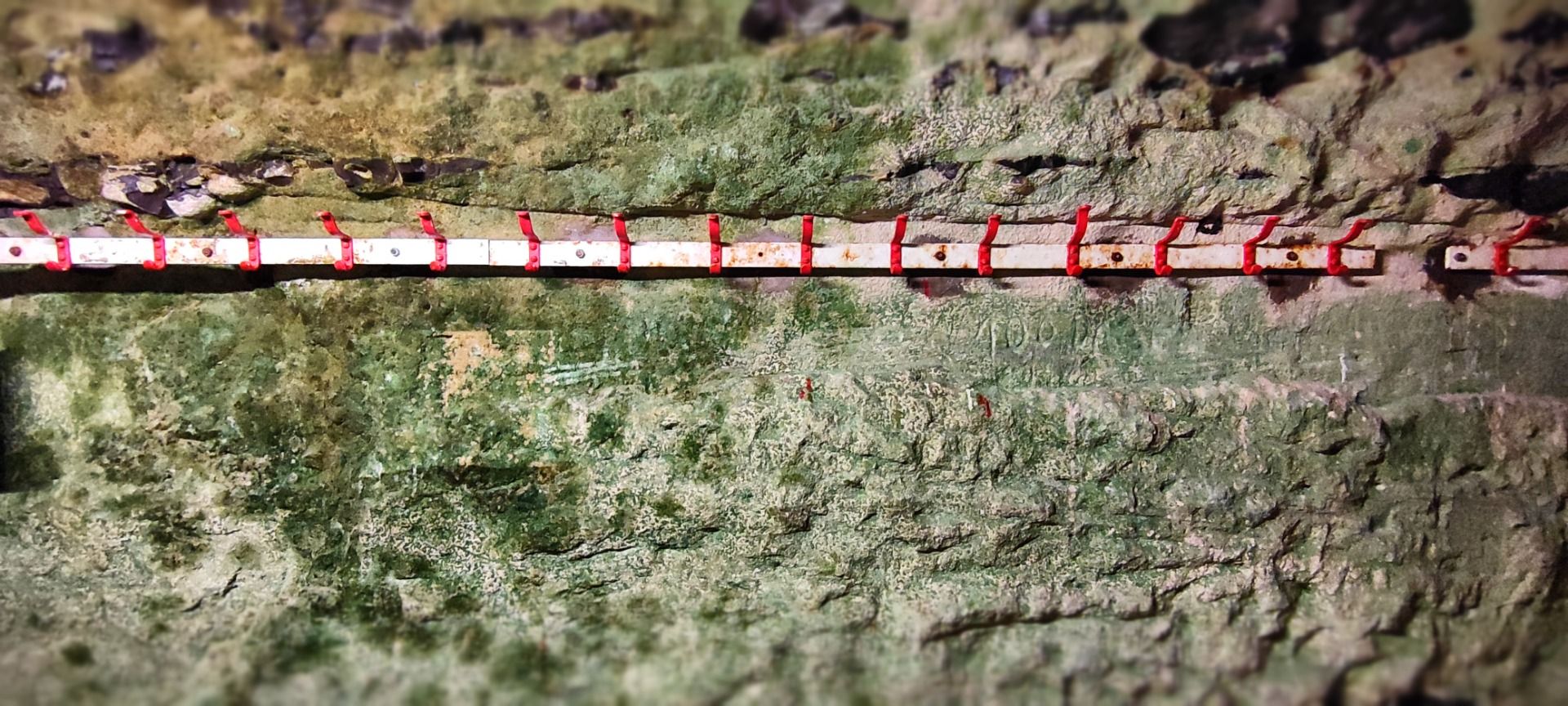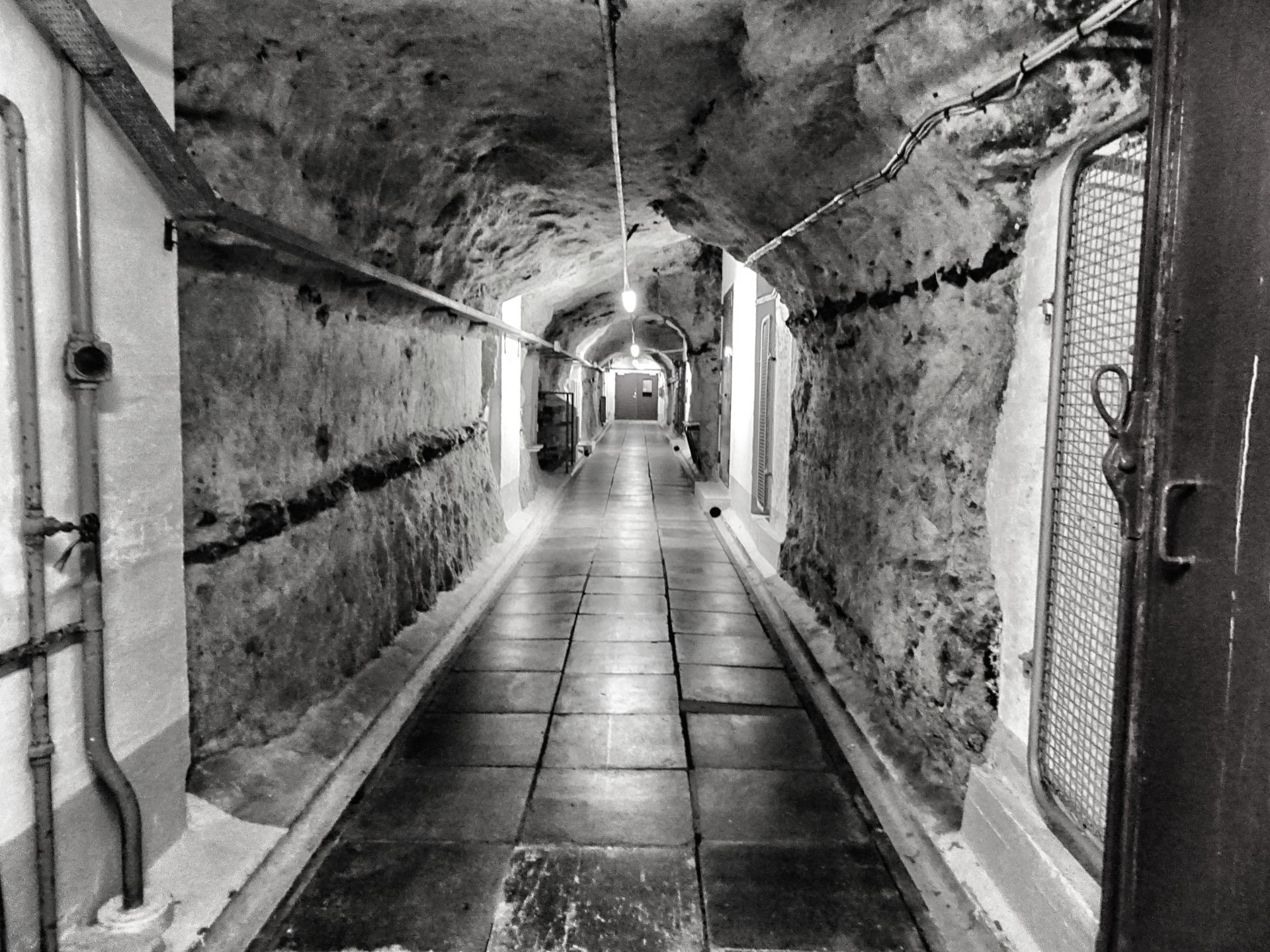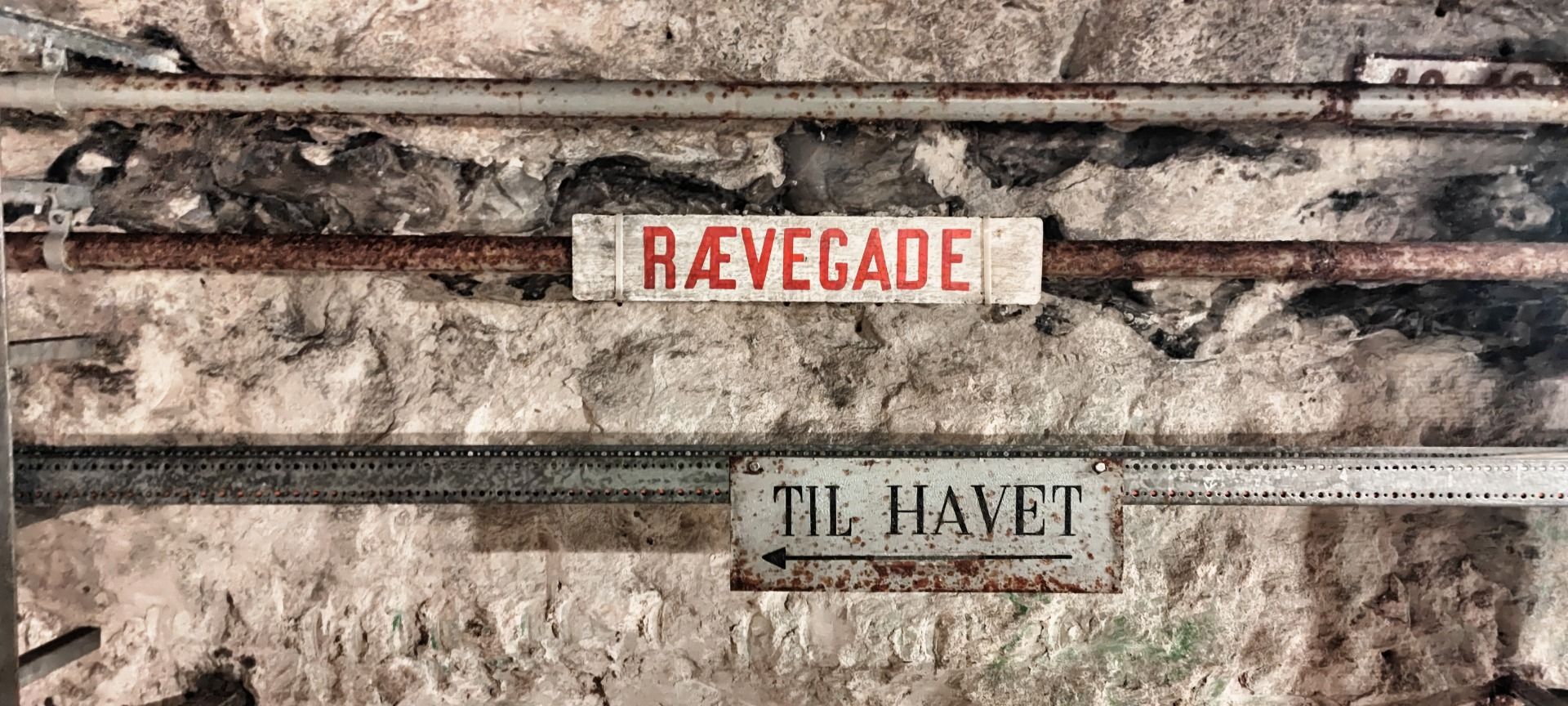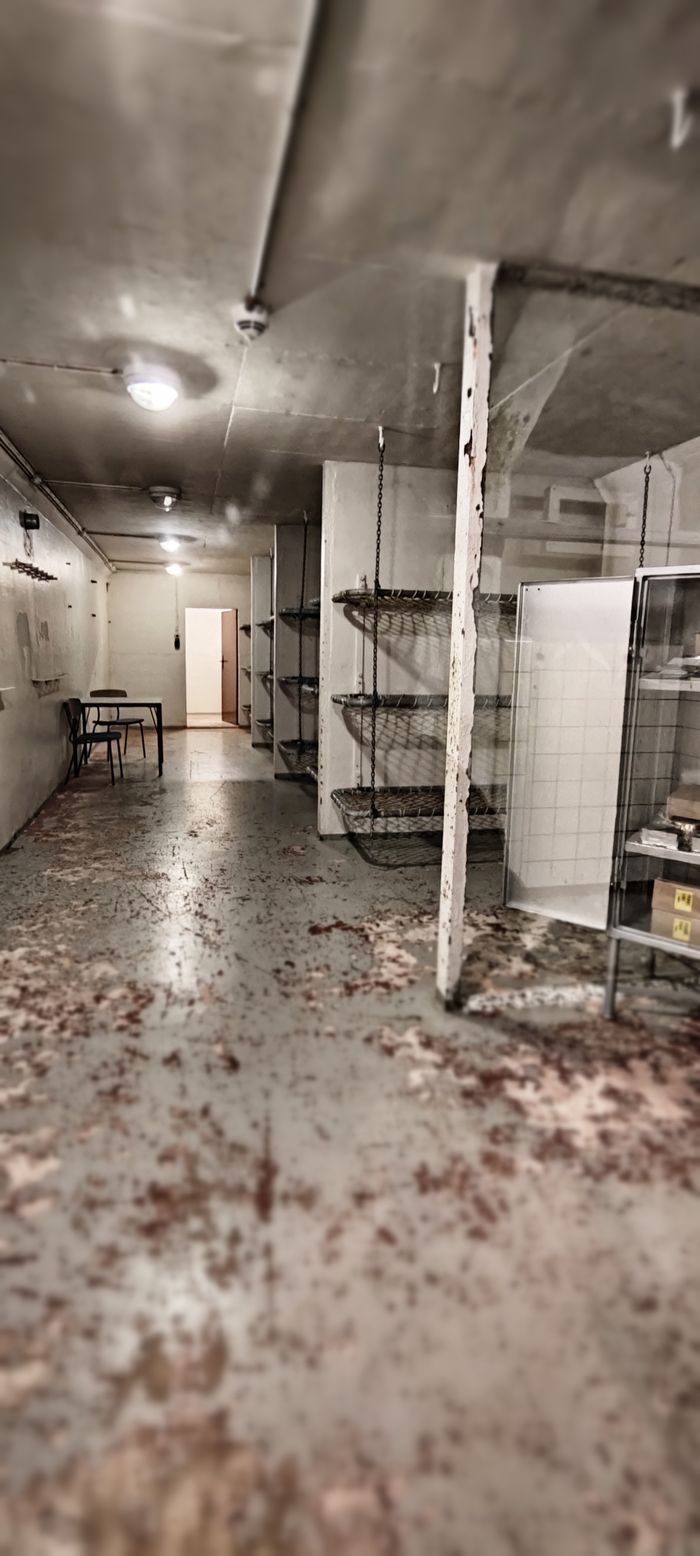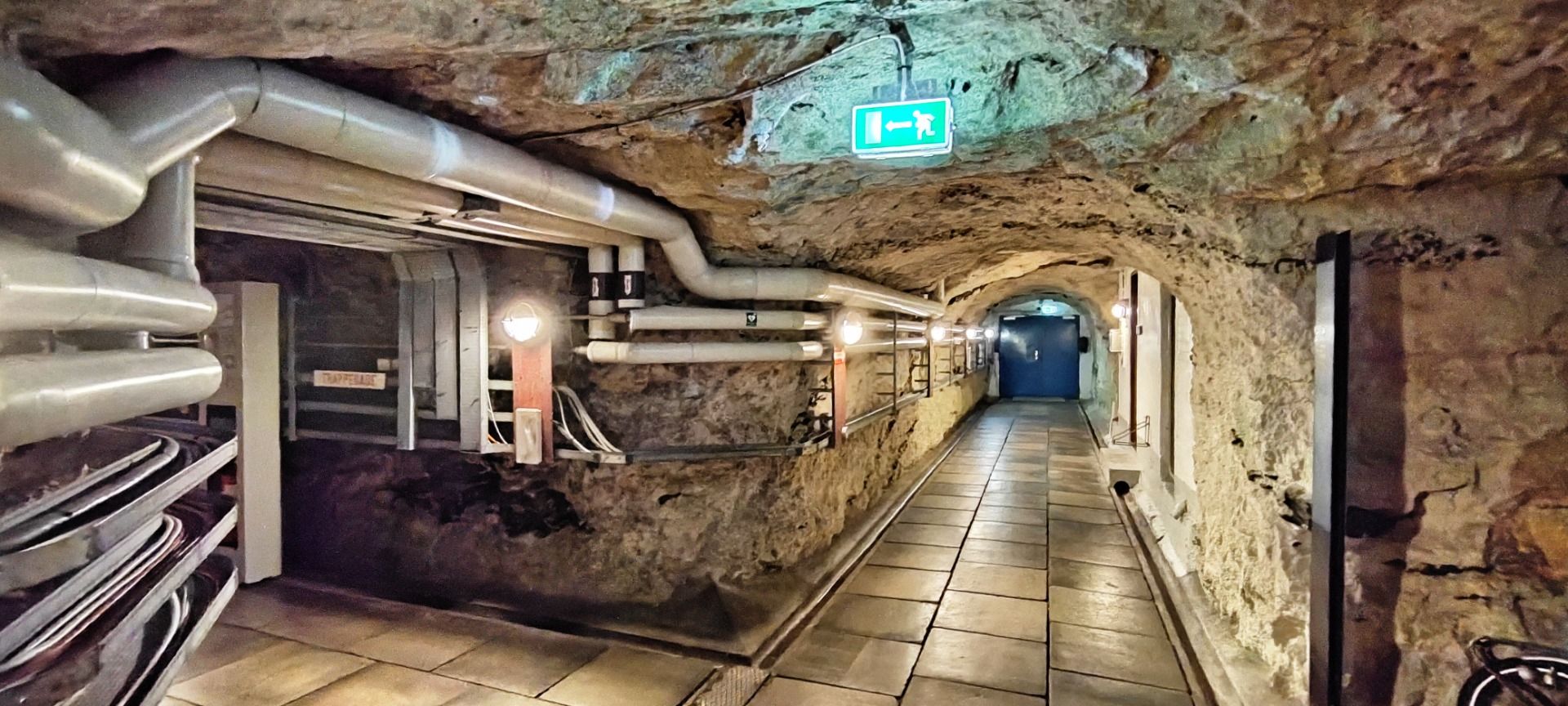Nobody was supposed to know. Nobody was allowed to talk about it. Buried deep in a piece of cliff, Stevnsfort was a top-secret building block in the defense of Denmark and NATO during the Cold War. The so called Stevnsfort in Denmark is the Last Fortress of the Cold War Era: A hidden Frontline, deep under the Surface.
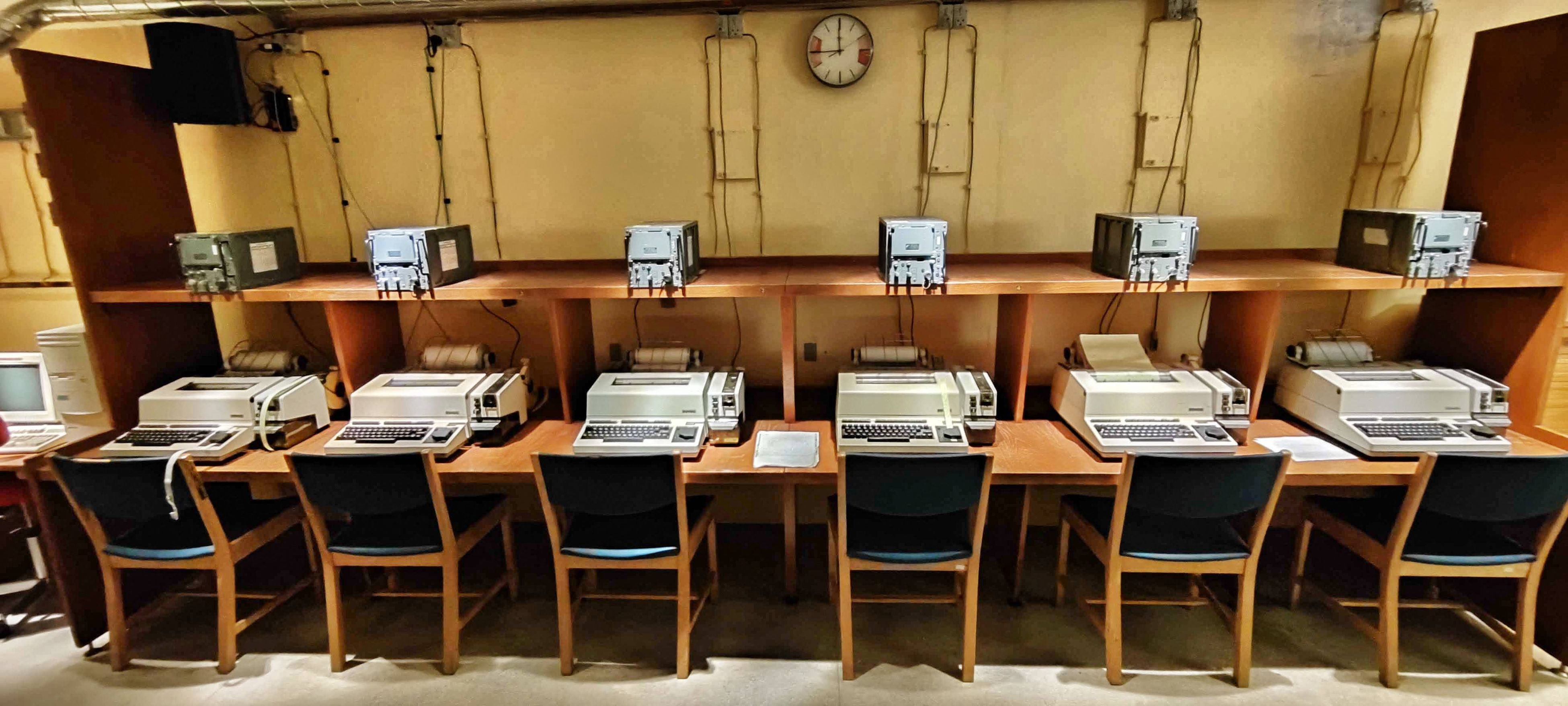
Nothing can be seen as long as you are on the surface. The Stevnsfort fortification has underground passages 1.7 km long, lying 18 meters below the ground in the limestone.
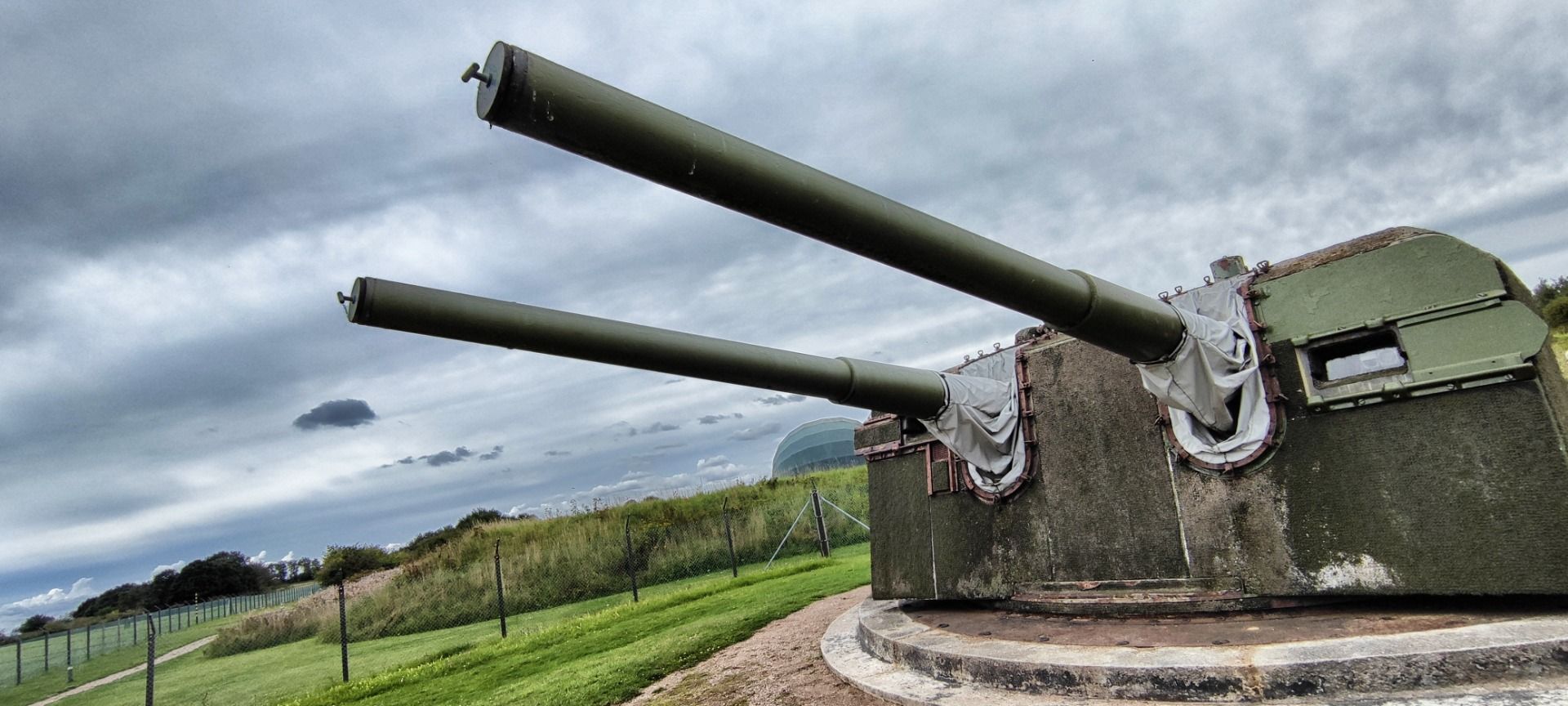
Down here there are offices and meeting rooms, a high-tech surveillance system from which the entire Baltic Sea can be seen. There are also storage rooms, dormitories, and canteens. Down here in the limestone of Stevns Klint, soldiers were deployed around the clock for 40 years. The facility was only abandoned in 2000.
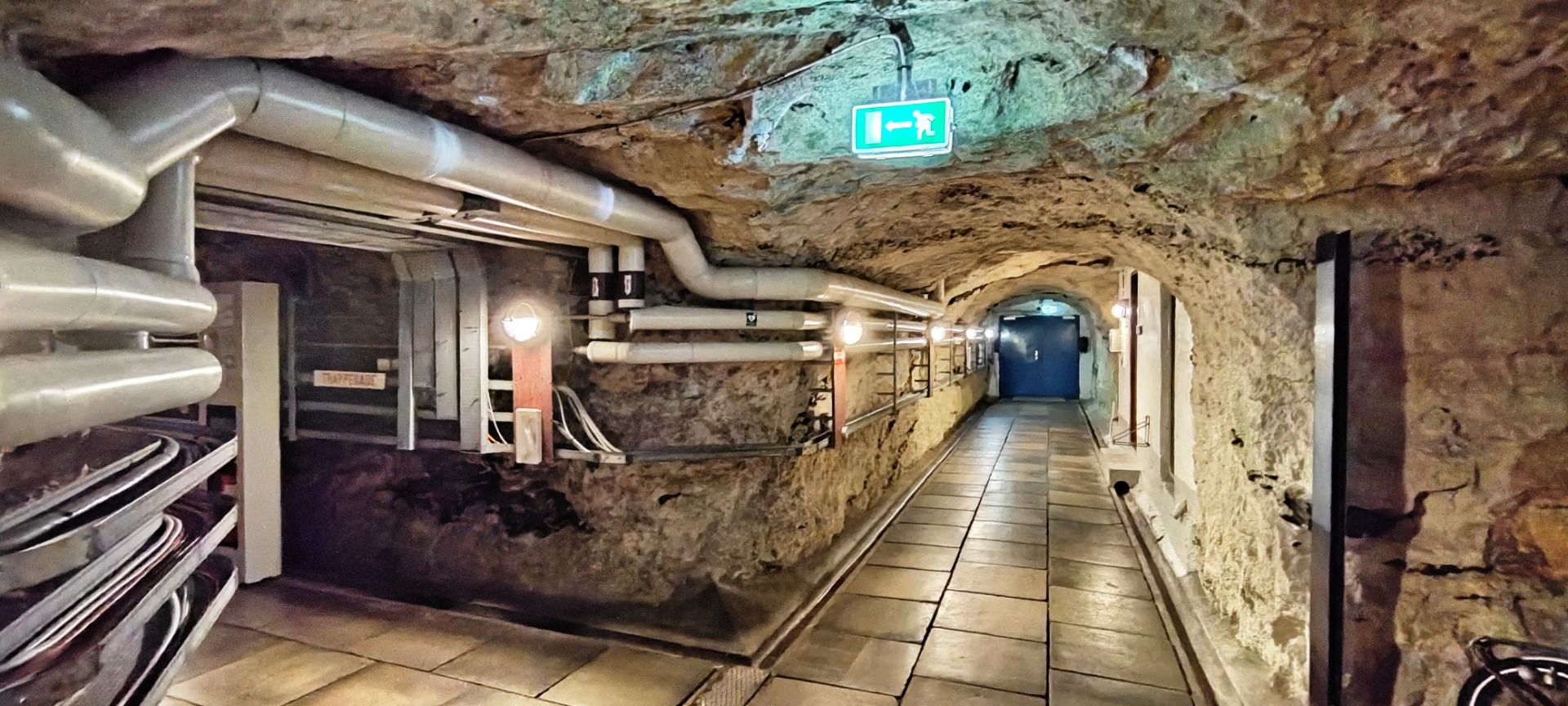
But why here? Why Denmark, a country with military ambitions as great as Vatican City? Well, Stevnsfort was part of a chain of secret NATO surveillance and defense installations with the specific task of controlling the Øresund, the easternmost exit from the Baltic Sea. Western strategic planners believed that the naval forces of the communist countries would come this way if World War III broke out.
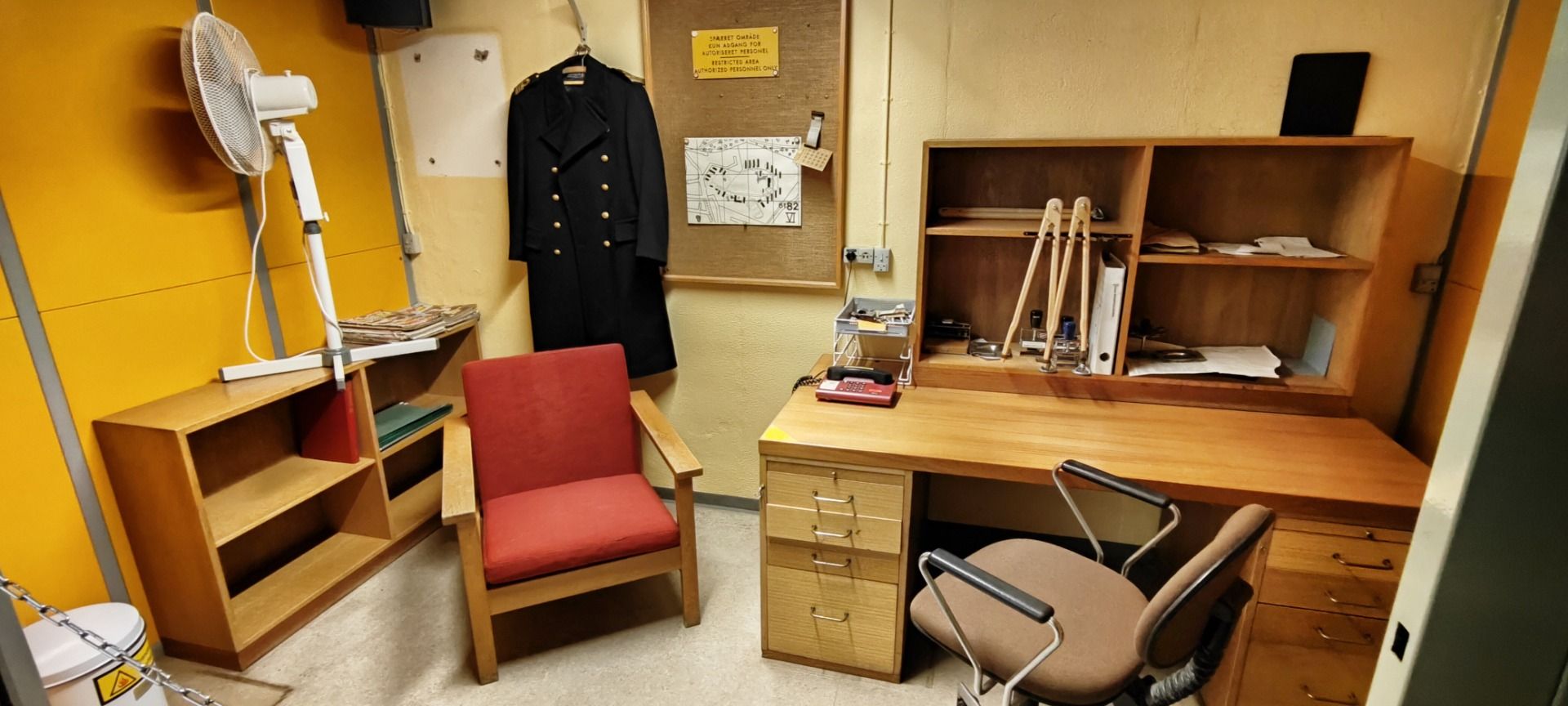
Between Koge and Faxe they therefore first built two tank turrets with 150 mm guns. Pieces of loot from the German battleship "Gneisenau", which had been badly damaged by a bomb in World War II, now guarded the passage to the North Sea: with a range of 33 km, they could defend the Øresund and the beaches of the Faxe and Køge bays. In addition, HAWK missiles were stationed on the site to defend Copenhagen.
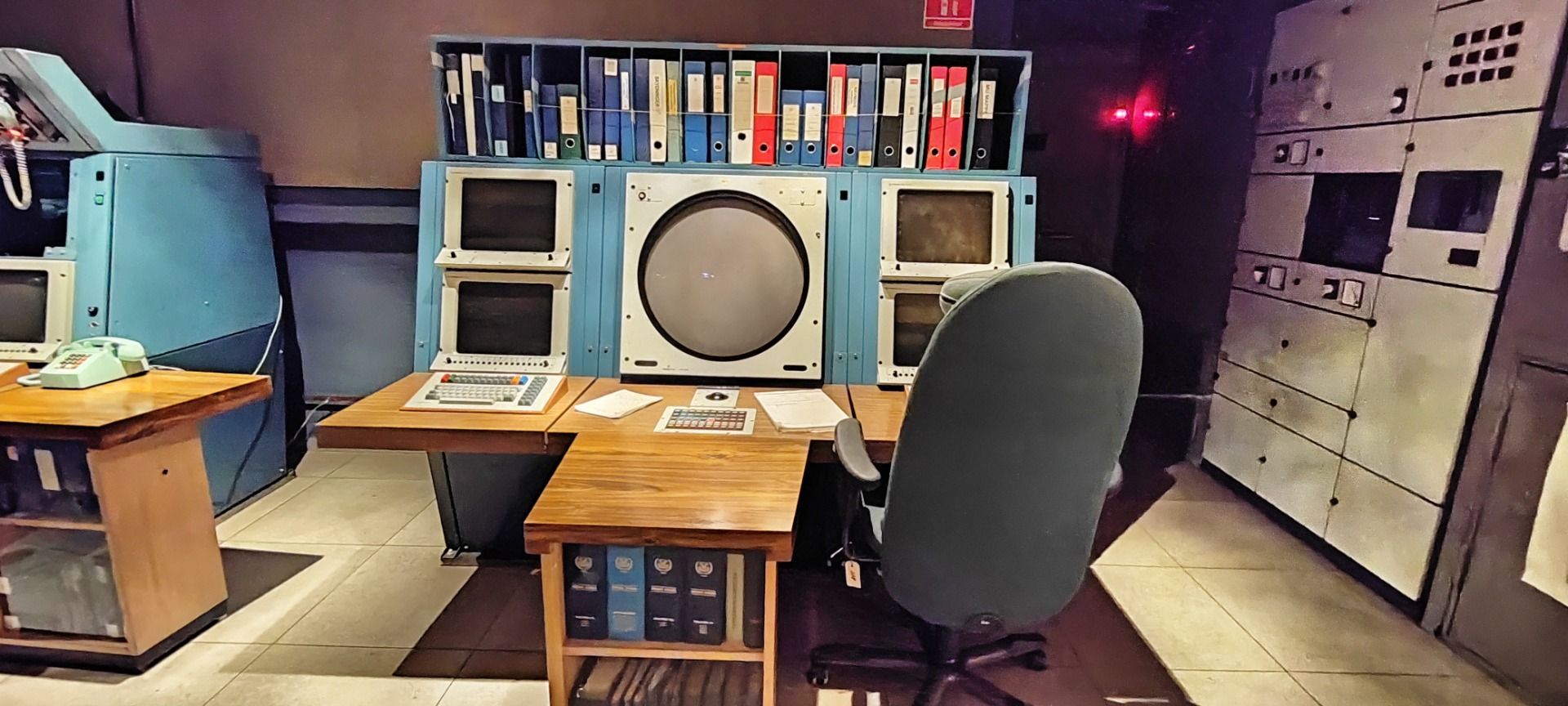
But basically it was all just a distraction. Since the Stevns peninsula would have been on the front line if war had broken out between East and West, Stevnsfort was built not only above ground but also underground: 300 men were to fight here against the Warsaw Pact.
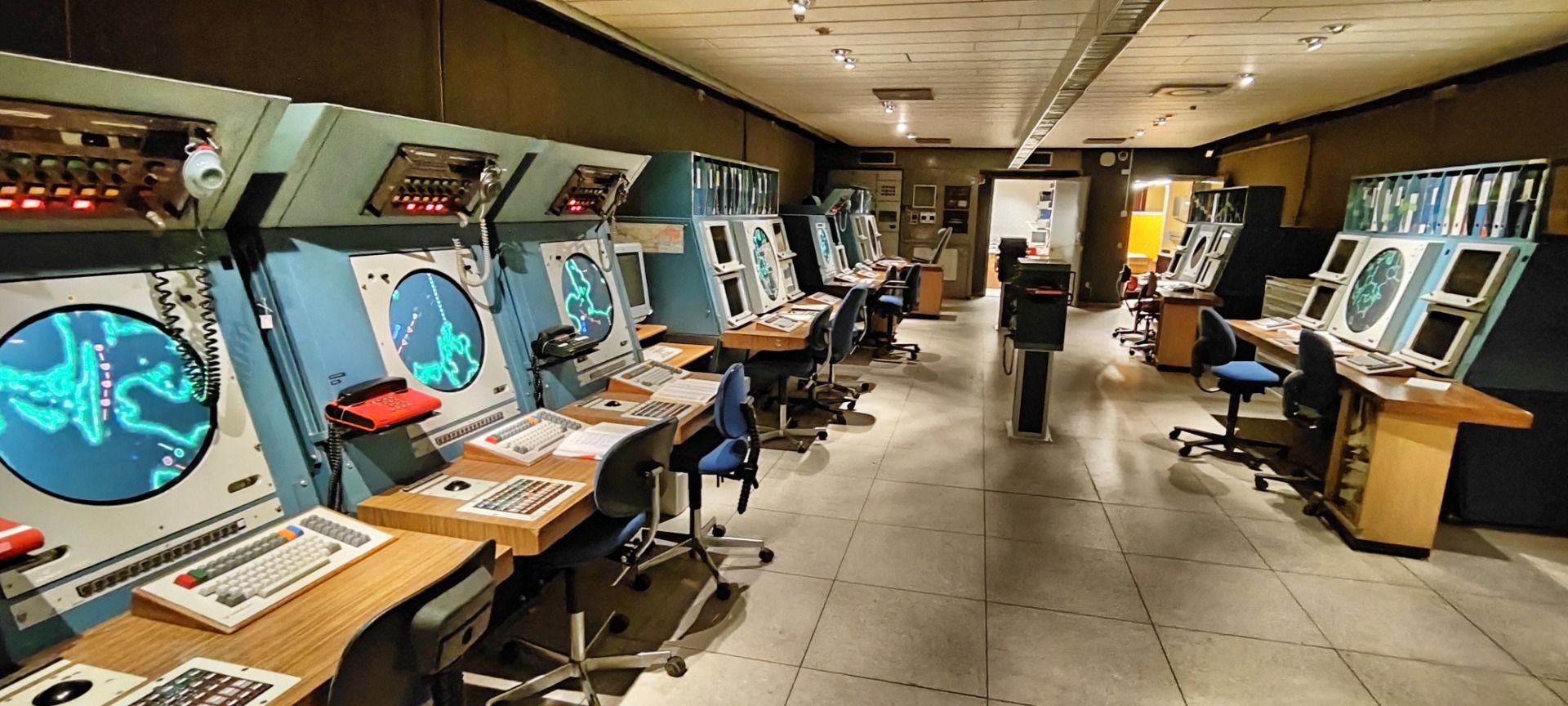
Dug into the Baltic Sea cliffs, Danish soldiers were to stop Soviet ships, but also provide everyone with information about their whereabouts. The interests of NATO and Denmark were very different: NATO would have liked the Danes to fight to the last man. The Danes, on the other hand, were certain that they did not want to fight at all as long as Soviet warships were only passing by to wage their war in the Atlantic.
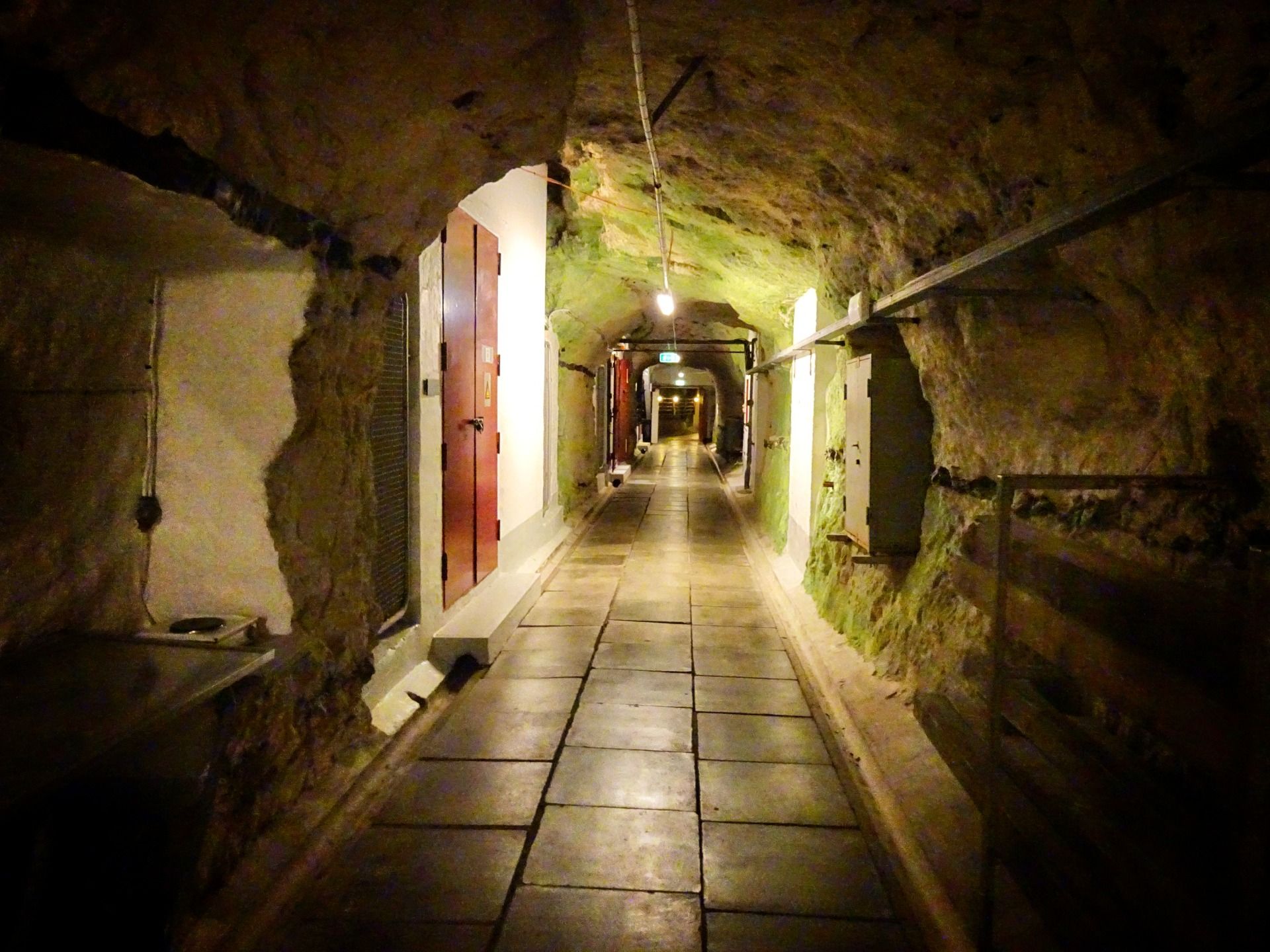
Stevnfort was intended to raise the alarm. Denmark spent millions upon millions on this in the daring hope that in return for information to NATO partners they would receive their protection in the event of an emergency. How this would have happened is not known. The longest-lasting bunker headquarters in northern Europe was still in operation long after the Soviet Union had collapsed. But luckily it was never needed.
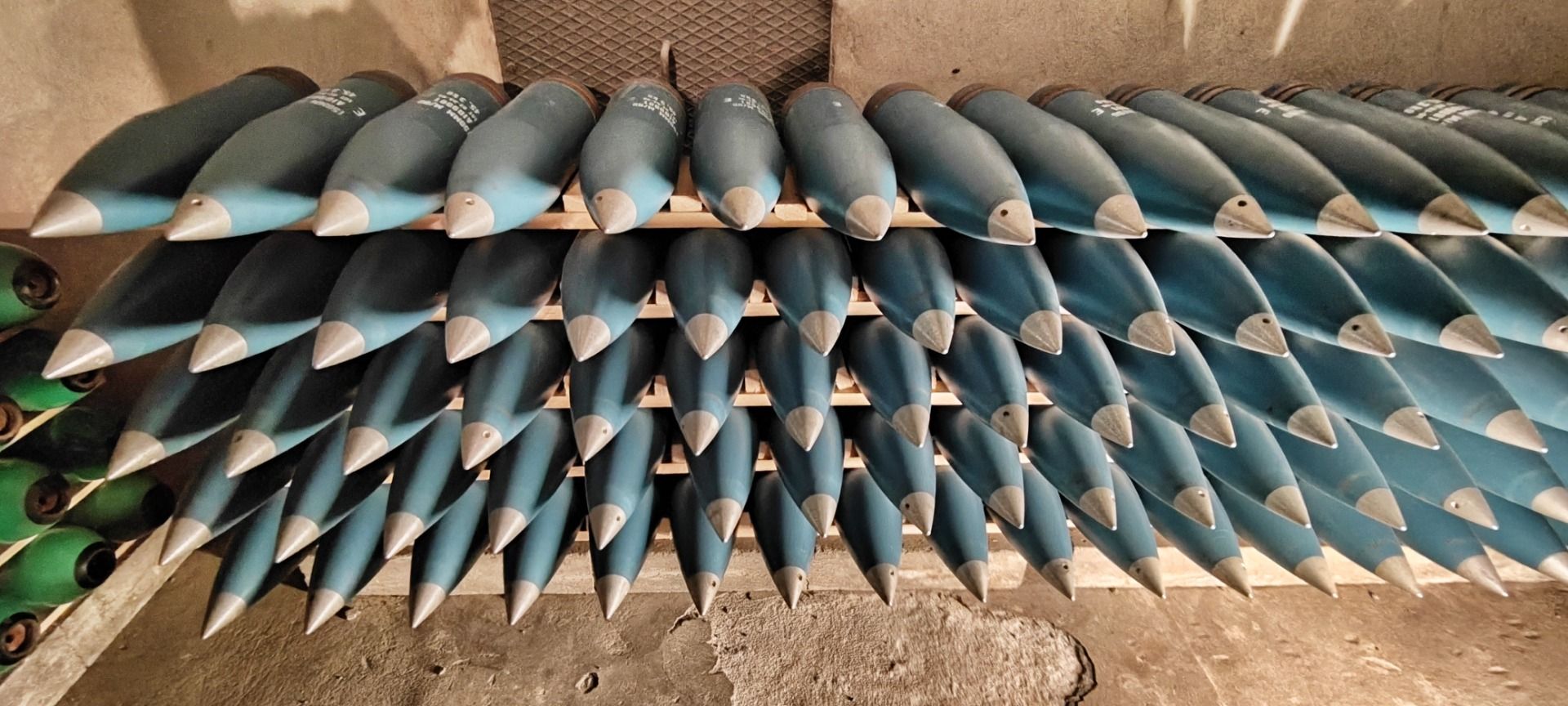
Not even the locals had any idea what lay beneath the cliffs of Stevns. The coast on this peninsula south of Copenhagen drops steeply and precipitously down to the sea. Cliffs jut out into the sea every few hundred metres. They enclose a short, stony beach, in the middle of which a concrete walkway leads from the water to the cliffs.
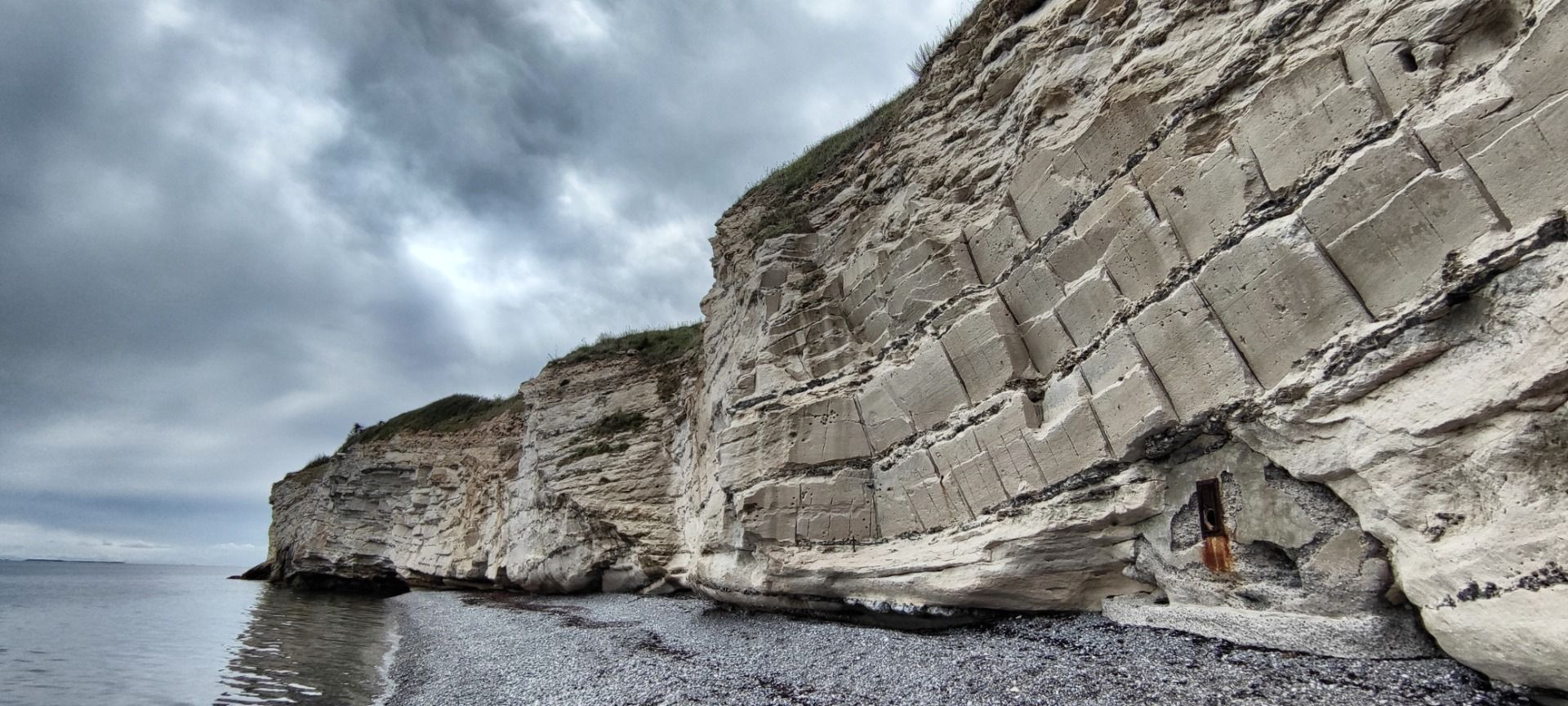
The walkway ends in front of a rust-brown steel door in the middle of the cliff face. Once, they say, an East German naval ship was lying a few hundred meters away, allegedly with a damaged propeller. The Danes thought their secret facility had been exposed. But in the end the East Germans left without noticing the secret underground tunnel system.
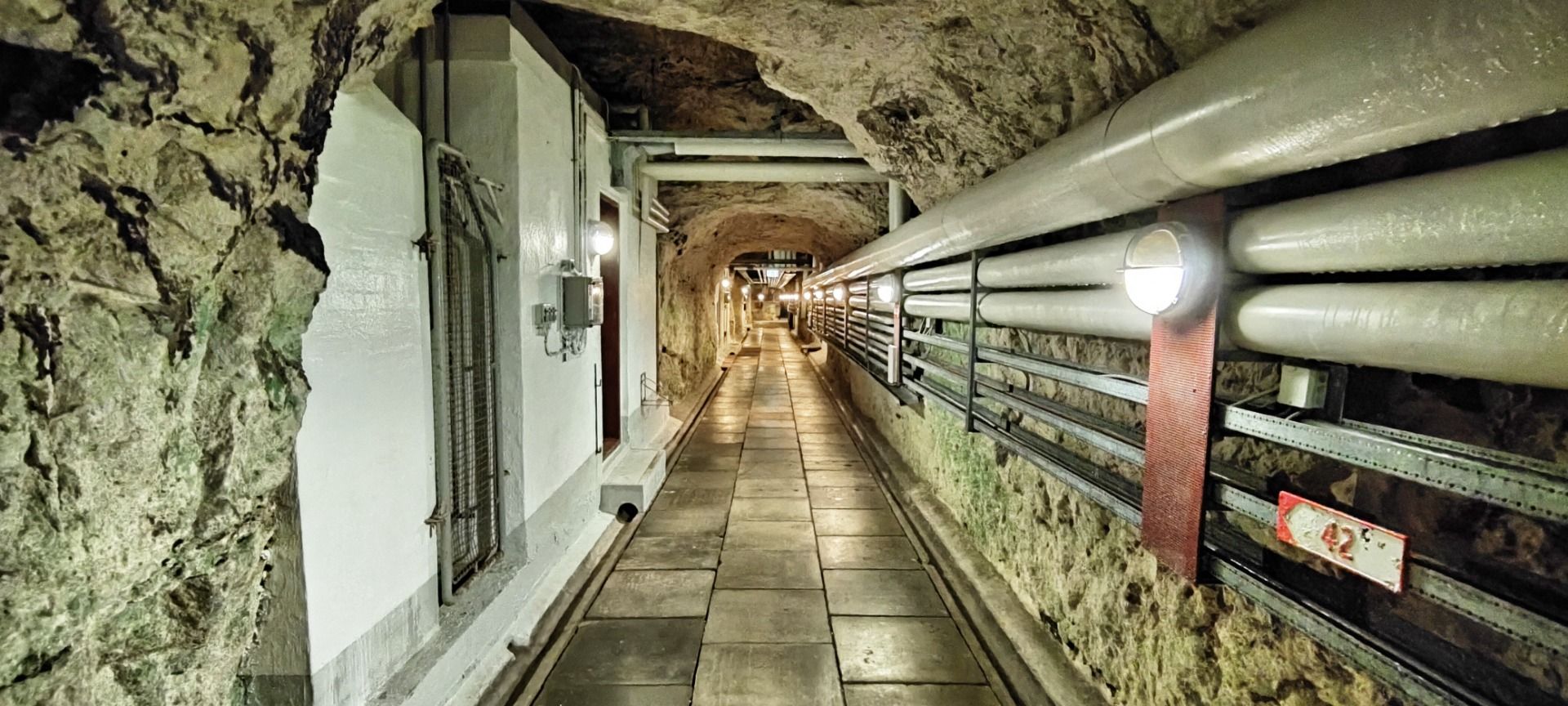
And yet it is huge. The labyrinth of tunnels and cavities in the cliffs of Stevns covers around 7,000 square meters, is supposedly safe from gas and nuclear attacks and could have continued working for weeks in an emergency without needing outside support.
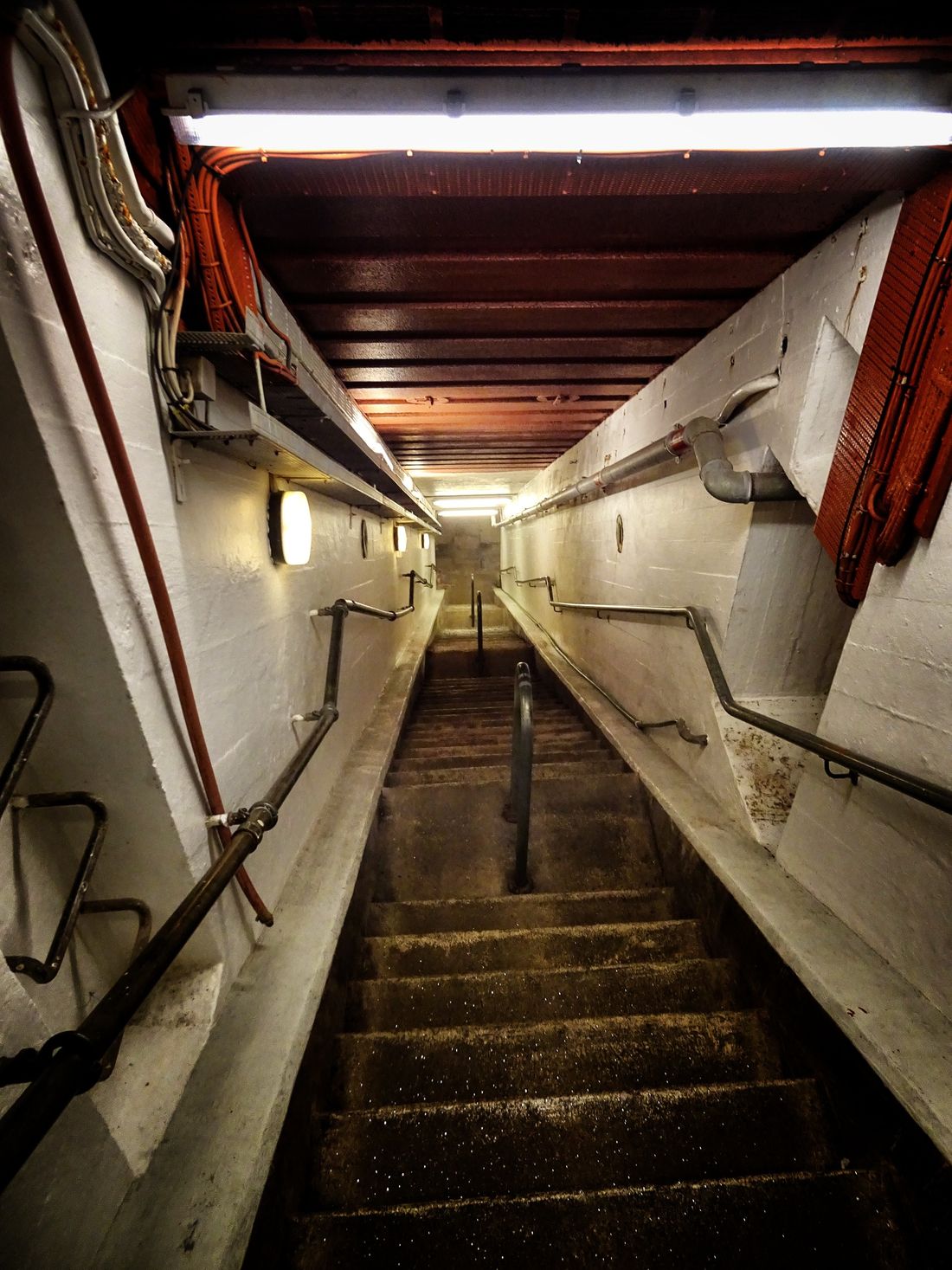
When planning began in 1951, however, little was known about the specific effects of nuclear weapons. That is why experts are now certain that Stevnsfort would not have been able to withstand a nuclear attack.
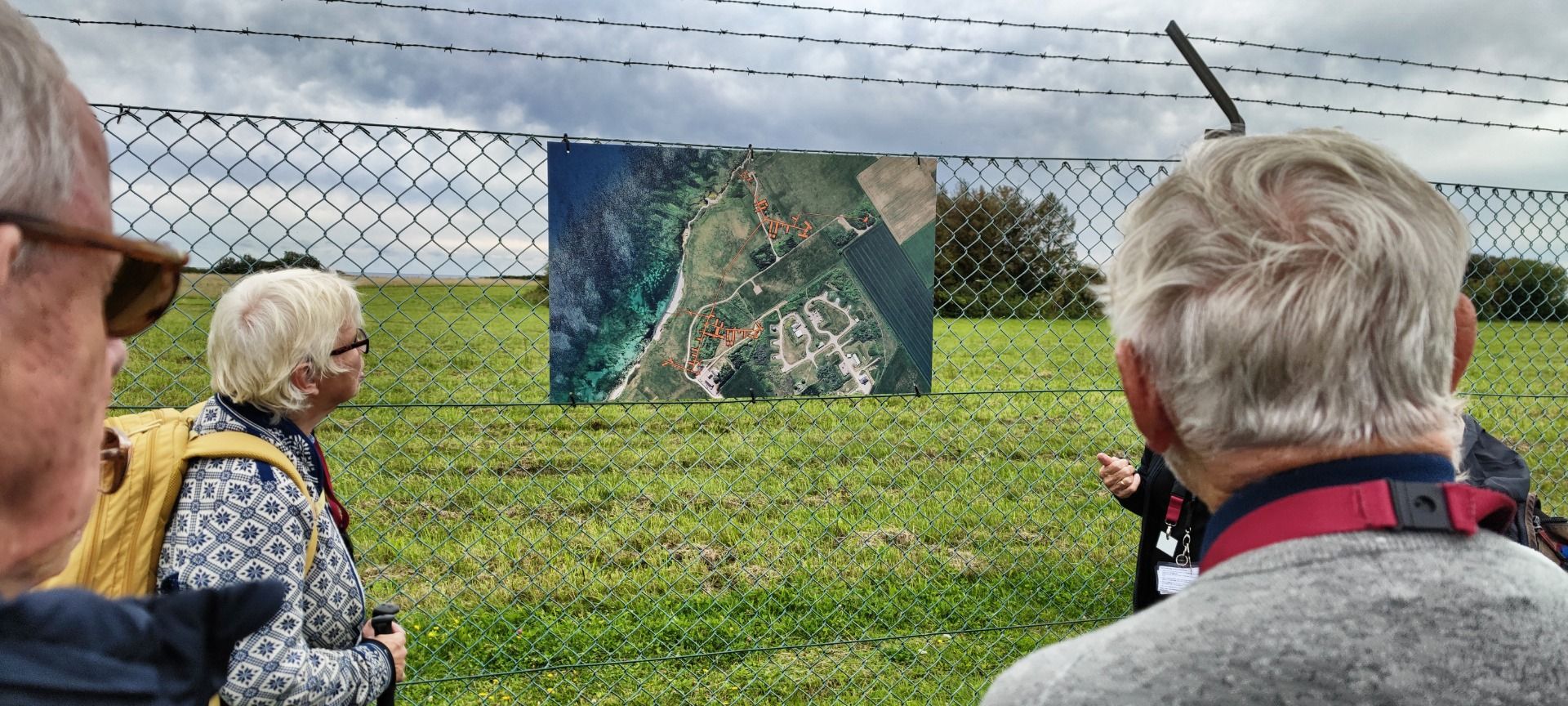
But one thing was clear anyway: if the Cold War had turned into a hot war, the island of Zealand would have been one of the first targets for an attack by the Russians, with normal troops or with nuclear weapons. It would have been important for the attackers to destroy the monitoring center 18 meters below the surface of the earth.
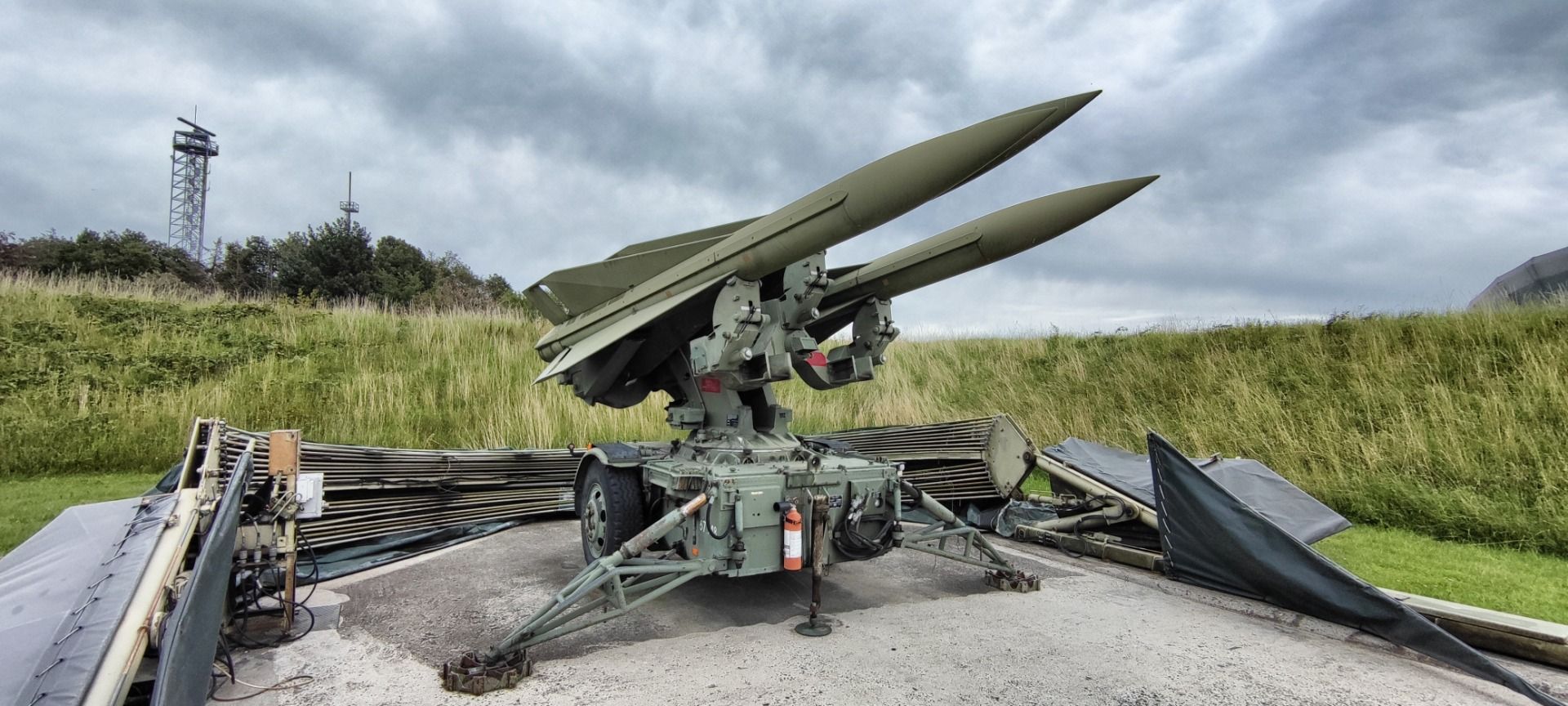
NATO was informed in real time about all ship movements in the Eastern Bloc from the operations center in the limestone fortress. In the event of a crisis, up to 300 men were to hold the Stevnsfort position.
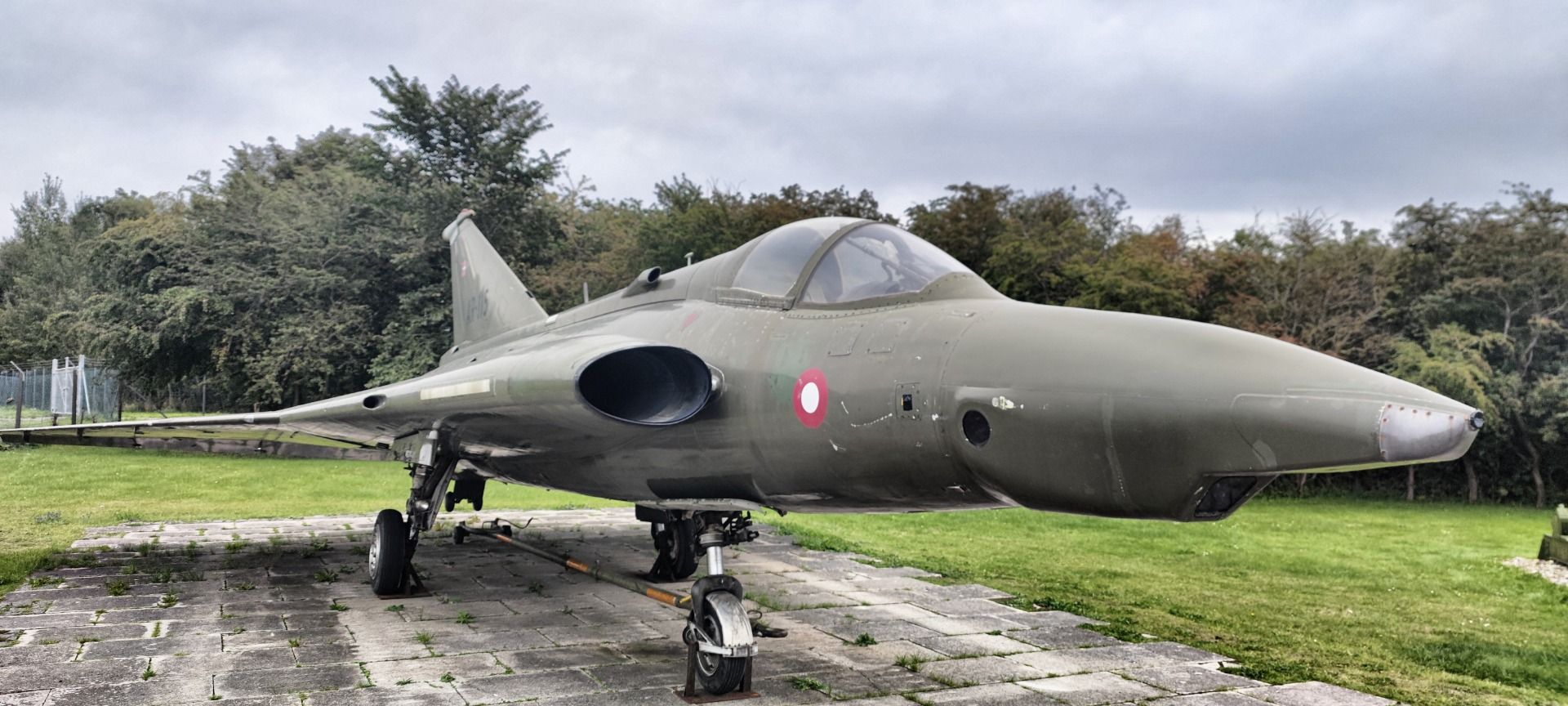
Today it smells a little musty underground, but the facility is in excellent condition. There is electricity and ventilation, the technical systems shine as if they had never been used. In the reception building of the fort there is an exhibition about the Cold War and the museum cinema shows films about the topic shown.
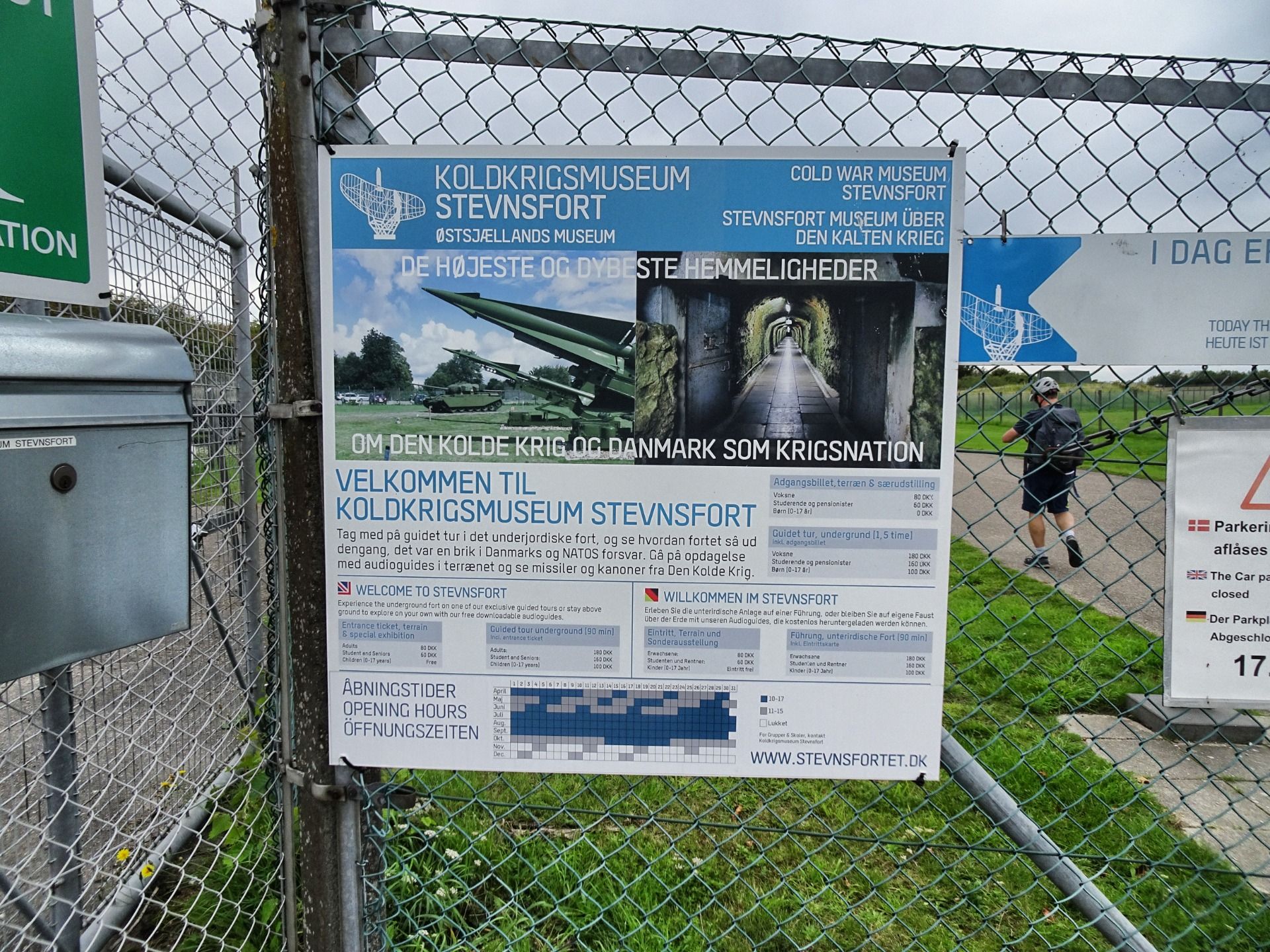
There you learn that the island of Zealand was to be evacuated in the event of a crisis. The problem: that would have taken at least 36 hours. But the warning time for a nuclear attack was just four minutes. At that time, the government regularly informed the Danes about protective measures. Danes who are visiting the fortress are only now learning that it would all have been pointless.
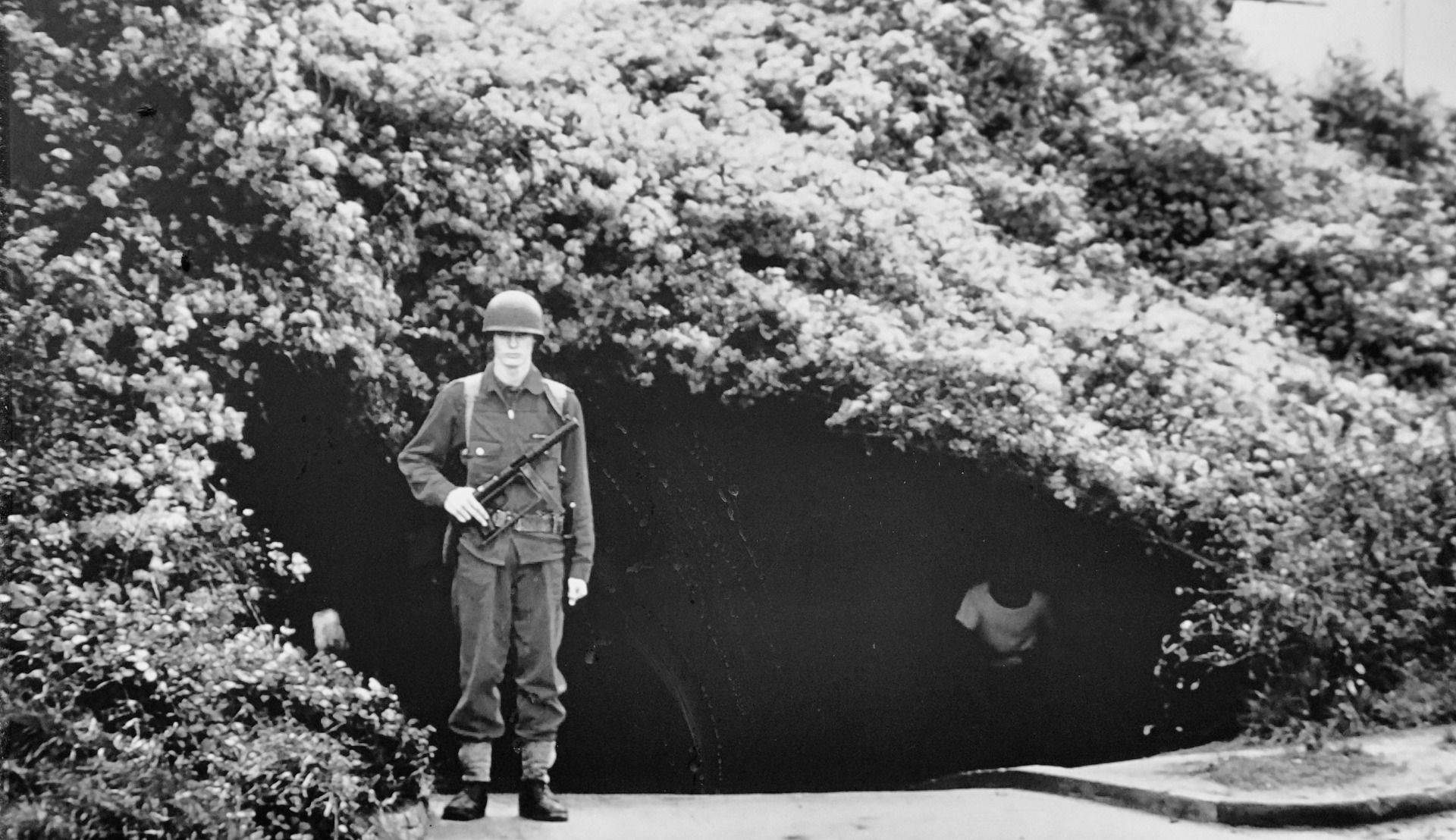
Besides Stevnsfort, there were around 100 other offices in Denmark that kept their eyes and ears turned to the East almost around the clock; around a million young men did their military service during this time. But nobody knew how close the war really was.
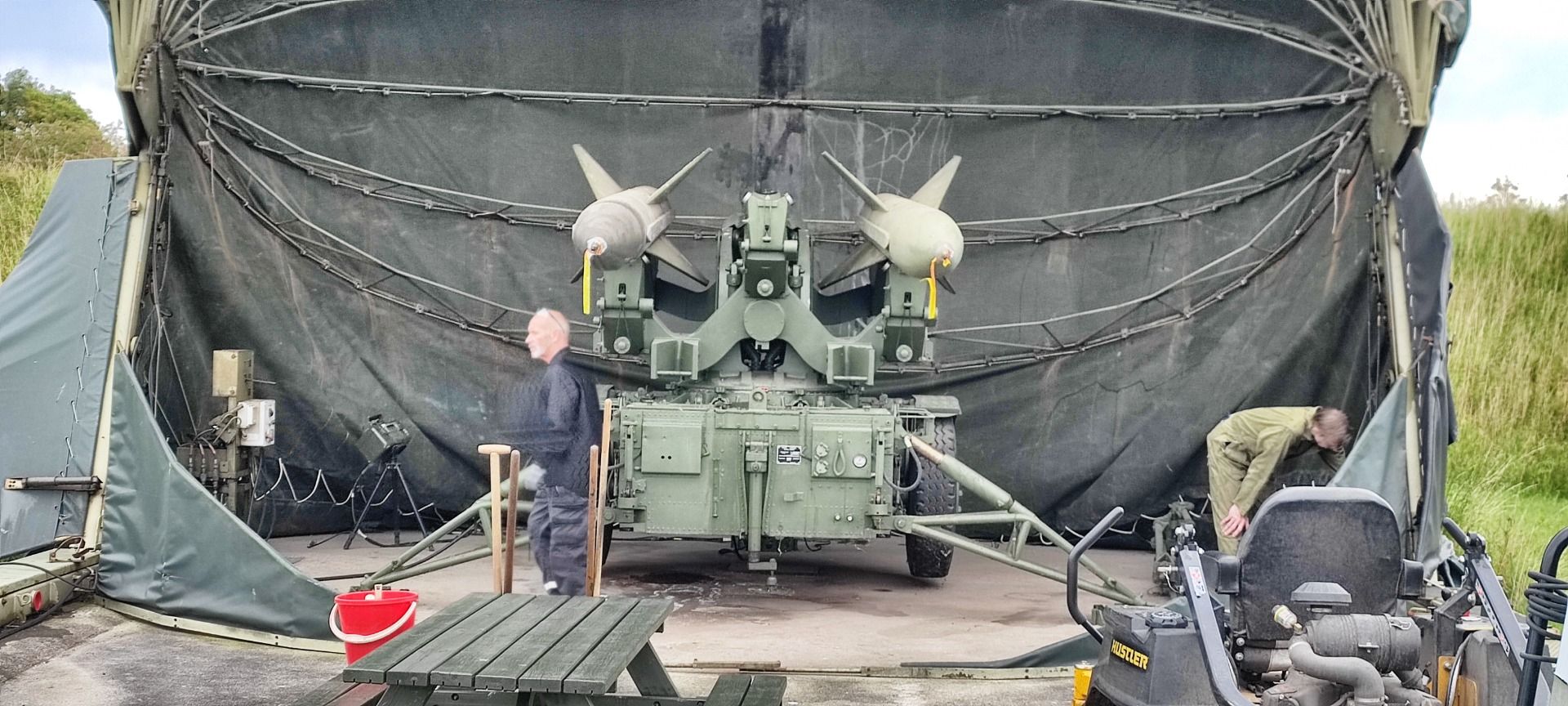
Emergency scenarios were practiced every year - twice it got serious: in 1962 during the Cuban Missile Crisis and in 1968 during the suppression of the Prague Spring, the Danes locked themselves in their fortress for several days. Somehow, fatalism prevailed among many Danes at the time. Some thought that life like in the socialist GDR was not so bad after all. Others were sure that a Russian attack would simply sweep over their country.

An illusion like the one that Stevnsfort would have made a difference in the event of war. Integrated into NATO structures, Stevnsfort was modernized in the 1980s and equipped with digital technology.
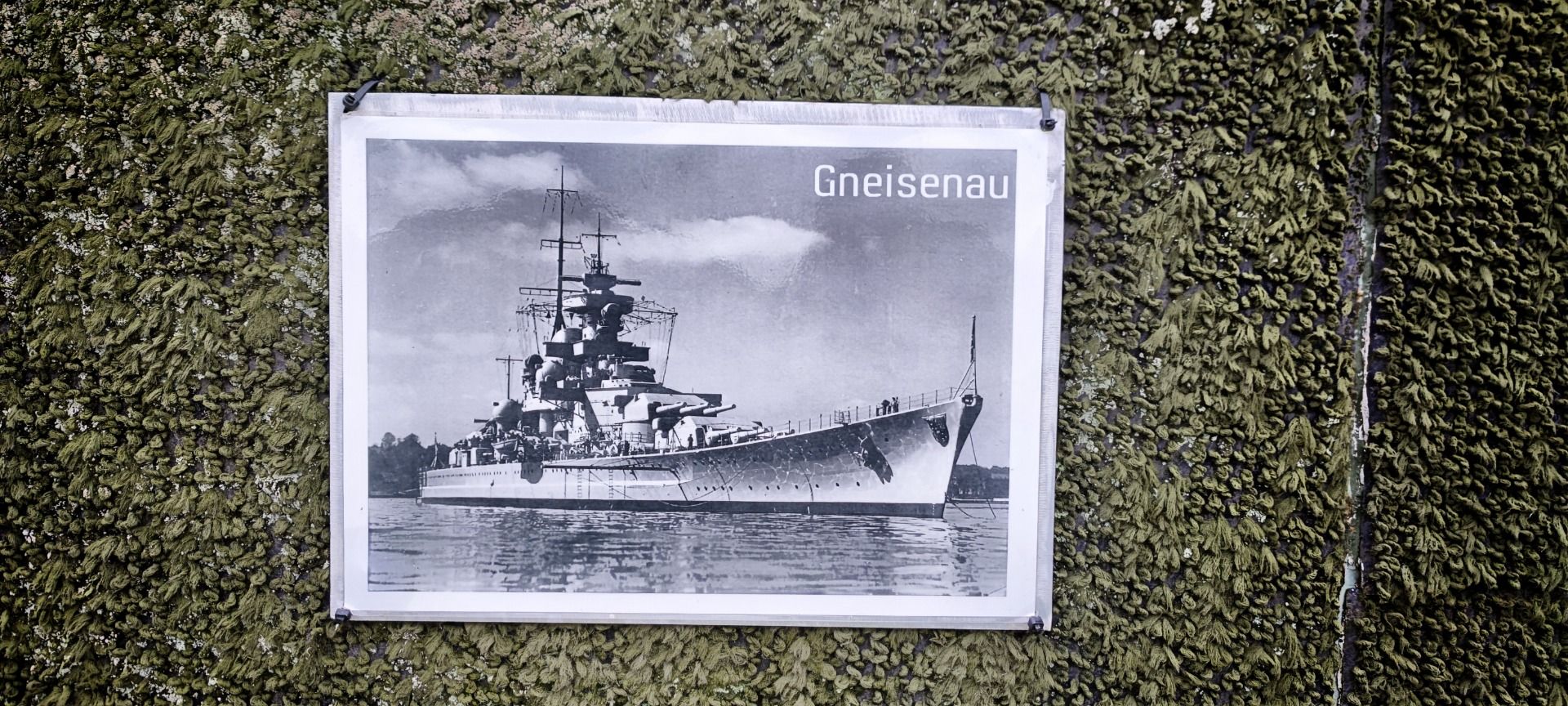
The large guns on the roof of the fortress - originally from the German battleship Gneisenau, installed by the Wehrmacht in the Atlantic Wall on the Danish west coast in 1943 and finally positioned by the Danish Navy on Stevns facing east - were decommissioned. US missiles replaced them. Large operating crews were no longer required.
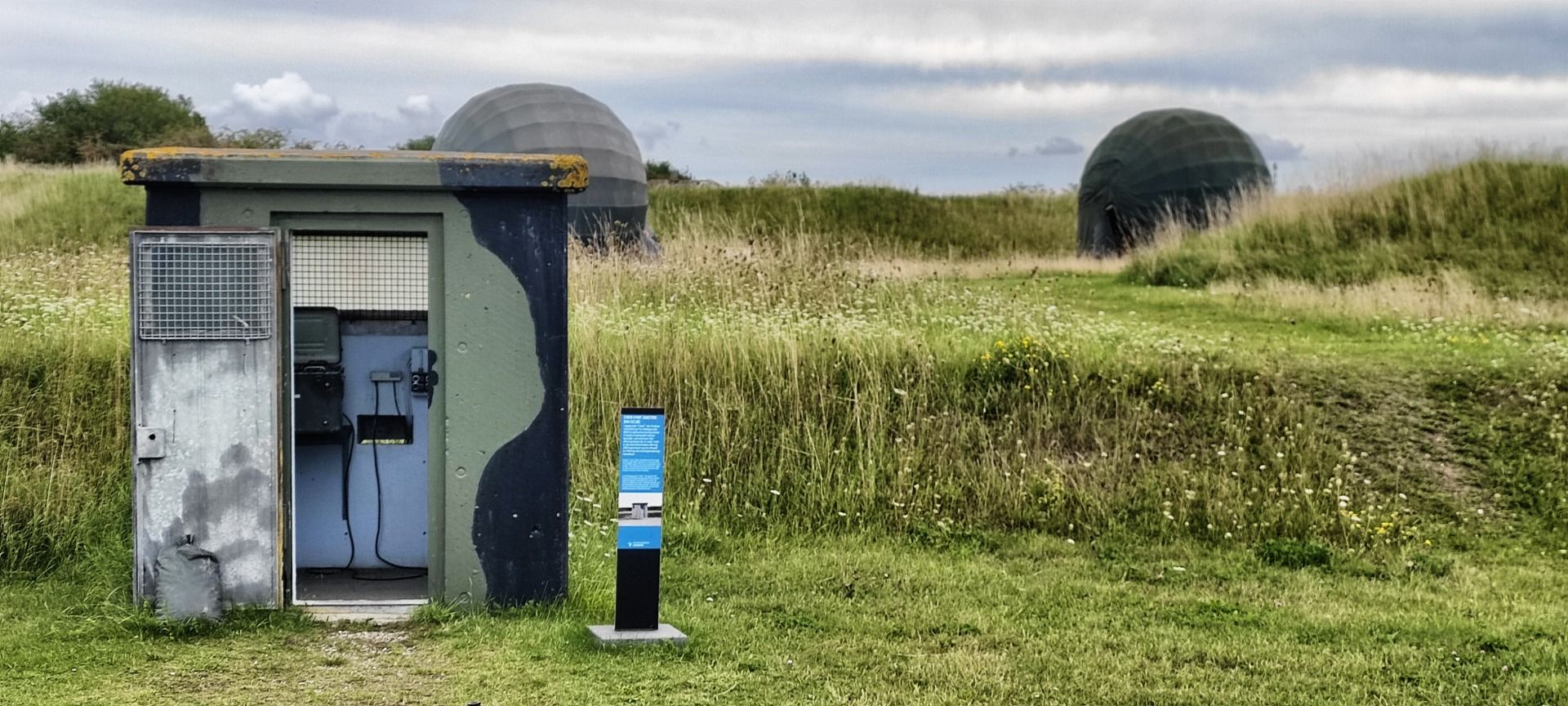
The conversion turned the fort into one of NATO's most modern maritime surveillance centers, with a small crew of twelve to fourteen men. The bomb-proof fortress had proven to be an important source of information in peacetime - and remained so after the Wall fell and the Soviet Union dissolved in 1991. Instead of having to deal with a nuclear power, Denmark was now faced with several nuclear-armed former Soviet republics.
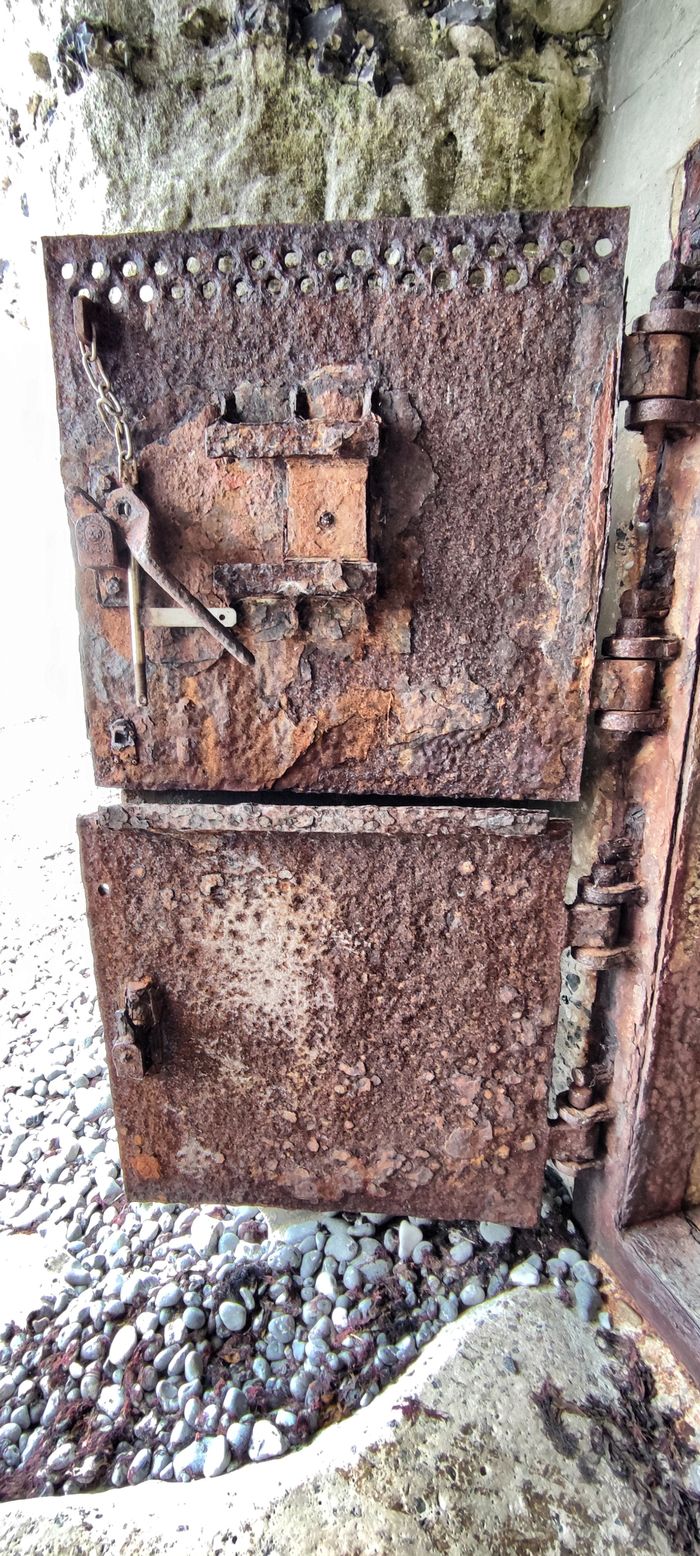
It was only when ship and airspace surveillance became remote-controlled and no personnel were required on site that the Danish army's last coastal fortification was shut down in 2000. Most of the surveillance and communication systems once installed there remain a well-kept secret to this day.
